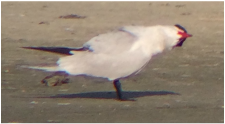|
I saw the rare bird alert and couldn't believe it. A Long-eared Owl had been spotted less than an hour ago and only 15 minutes away. I know they can winter in this area, but they like to roost in dense vegetation and are difficult to spot. A few weeks ago, I had missed the one in Edinburg, TX by only one day. I grabbed my binoculars and I was out the door! When I arrived at Clapp Park, my heart sank. They were mowing. Worse yet, they were mowing under the stand of trees where the owl had been reported. It has not rained here since October 2017 and not even weeds have managed to grow. I decided to progress towards the trees anyway. I did my best to search, but I had never seen a Long-eared Owl before. The last owl I saw roosting in a tree was perched at eye height right in front of me, surrounded by people, and I still had to ask where it was! I walked through the stand, searching, but couldn't find it. I was circling the perimeter, getting ready to call it quits, when I glanced up and froze. Could those be ear tufts? I couldn't even be certain that it was the owl without raising my binoculars...and there it was. I couldn't believe it! It was beautiful! I didn't want to move but it was on high alert and I felt like I was too close. I slowly backed up as far as I could, and then I stayed still and quiet. It continued to watch me, but it finally started to blink. I figured it was relaxing a little. It swung its head around to look behind it, I looked down for a second, heard wings, and it was gone. Sigh. I had really tried NOT to flush it, but given that the mower had clearly just been in the area where I was standing, I'm sure the owl was unhappy already. I saw it fly to the left, so I turned to the right and walked quietly back towards the road. Something made me look up and I couldn't believe it! There was the owl again! A grackle called nearby and it jumped. Ok, I thought, how can I back away without flushing it? Trick question! I looked to my right to find my way out and heard wings again. Double sigh. I cannot express just how slowly I had been moving. This time I saw more than the general direction in which it flew, I saw where it landed. I could drop to my knee and still get a good view even though it was now on the other side of the trees, at least 30-40 feet away. I watched it for few seconds and looked away again (you would think I would have learned by now). Ready to guess what happened next? It was too far for me to hear its wings, but I looked back again and surprise! It was gone. I had no idea which way it had flown this time, I just knew it hadn't flown by me. I felt crazy guilty. Still do, really. I hope it was finally able to get some rest, although it was so skittish, I doubt it. On the up side, it was reported in the same area the next afternoon, so it must not have felt too threatened. If it had, I would hope that it would have found a new roost the next day.
4 Comments
I'm excited about spring migration! Shorebirds are my favorite and they are getting ready to start moving north. There are lots of places that I enjoy visiting to see shorebirds, but one of my favorites is Cape May, NJ. Cape May has several species of shorebirds that use the area for nesting or as an important stopover for refueling along their long migratory journeys. The area is particularly well known for the high concentrations of Red Knots that depend on the Horseshoe Crabs that come to shore during the spring to lay their eggs. The greatest numbers of Horseshoe Crabs, and Red Knots, arrive in May. The Horseshoe Crab eggs will sustain the Red Knots during the remainder of their 9,300 mile journey to their breeding grounds in the Arctic. Yes, they fly 9,300 miles twice a year! In order to complete this journey, they need to gain a substantial amount of weight. To store as much fat as possible, their leg muscles and stomachs even shrink! They can travel 1,500 miles, or more, non-stop and by the time they arrive at a stopover site, they have lost most, if not all, of their fat reserves. When they arrive, they need a readily available food source that is easy to digest and can rebuild their fat reserves for the next part of the journey. It can take several days for them to build up the reserves they need to continue. Their migration needs to be timed with the Horseshoe Crabs laying their eggs in order for them to survive. Horseshoe Crabs used to be abundant, but a combination of loss of shoreline and over harvesting has put substantial pressure on their population. While coastal development and erosion has reduced the shoreline where they can lay their eggs, they are also used as bait for fishing and they are harvested for their blood, which is used to check the sterility of medical equipment. At one time, they were even harvested and used as fertilizer. Due to these pressures, their populations are decreasing rapidly and with them the populations of species that depend on them, like Red Knots and other shorebirds. The Red Knot population decreased by 50% between 1985 and 2003 and continues to decline. To learn more about Red Knots and Horseshoe Crabs, U.S. Fish & Wildlife, New Jersey Audubon, and Cornell All About Birds are good places to start. Sevenseas has a good article, too. Since this is such an important time for both the shorebirds and Horseshoe Crabs, the beaches are roped off and people are not allowed on them from May 7 to June 7 in order to minimize disturbance. The Horseshoe Crabs and shorebirds concentrate around Delaware Bay, but its anyone's guess which beaches will hold the largest numbers at any given time. The best beaches to see the Horseshoe Crabs and Red Knots are Reed's Beach, Cook's Beach, Kimbles Beach, Pierce's Point, Norbury's Landing, and Villas. Audubon has a nice article and maps showing the beaches in New Jersey and along the eastern coast where you can see migrating Red Knots. New Jersey Audubon hosts two festivals each year, one during spring migration (known for shorebirds) and one during fall migration (known for hawks). They are both held in Cape May and name of both is "So. Many. Birds." (which I love!). There are many great places to bird in Cape May and the festivals are a good way to get to know the area. In addition to the great birds there are a number of well-known birders who live in the area or arrive for the festivals and migrations. New Jersey Audubon does a great job of offering a number of walks and tours led by these experienced birders. Even if you are not participating in the festival, there are usually walks taking place that you can participate in for a small fee. Their calendar is the best resource, but there are flyers and posts about these events at the birding hotspots, too. While this post is not about the spring festival itself, it is about good places to see birds in the spring and the types of birds that you will see. The weather was highly variable while we were there in mid-May of 2016. It quickly changed from warm and very pleasant the afternoon we arrived to rainy and cold the rest of the weekend, but the shorebirds were still there and that's what we had come to see. The first set of pictures were taken at various locations along Reed's Beach over a couple of days. While you are watching the birds, be sure to keep an eye out for any bands or flags. Resightings are how researchers track the migratory paths of birds as well as population success and longevity. While we were watching this group of birds, we found at least 15-20 of them with bands and had a lot of fun writing down and reporting the information. Be sure to record which leg(s) the bands or flags are on (some birds will have multiple bands or a combination of flags and bands), the color of the flags and bands, and the numbers and letters on them. More information about recording and reporting banded birds can be found here. You never know what other birds you will find in and amongst all of the activity. I was shocked to see a Black Scoter hanging out on the beach! I also really enjoyed Heislerville Wildlife Management Area. Heislerville WMA is a big place and has a lot to offer including shorebird flats for both small and large birds, a rookery, beach, and grasslands with ponds. During my first trip here, I joined a tour led by Pete Dunne and its a good thing, too! I never would have gotten around to seeing all of the highlights here otherwise. The search for a Curlew Sandpiper is what brought me here, but talk about So. Many. Birds! There may only be two in this picture, but Semipalmated Plovers were everywhere, too. The birds are too small to show up well in the next picture, but this is to show you just a portion of the shorebird flats at Matt's Landing within Heislerville WMA. It was shorebird heaven! I could have spent the entire day scanning them. And then, thanks to a fellow birder (Jeff Bouton, actually. Remember what I was saying about well known birders being around?), the Curlew Sandpiper was respotted! Not an easy task with the large area and all of the shorebirds. It was a fast moving bird and I only had my spotting scope to take pictures through, so they are a little blurry. We got really lucky and got to see both of the Curlew Sandpipers reported that spring in the United States. One outside of Toledo, OH and one in Cape May, NJ. Walking down the road from Matt's Landing, there was also a rookery with cormorants, night-herons, and egrets in beautiful breeding plumage. The beach had lots of birds, great scenery, and a lighthouse. The eastern side of the Cape May peninsula can offer rockier beaches and different shorebirds. This is also where the Cape May Seawatch takes place in the fall. A few Purple Sandpipers may still be lingering in the spring and can be found on the rockier beaches with jetties, like in Avalon on Seven Mile Island. Seven Mile Island also has sandy beaches. This is where I found Red Knots on their return to their winter grounds in South America during the fall of 2016. If all of that isn't enough, there are also songbirds and warblers moving through and establishing breeding territories at Belleplain State Forest. It was a whirlwind trip to Belleplain and apparently I didn't take any pictures! That post will just have to wait for the next trip!
And who could resist finishing with a bunny surrounded by flowers in spring? Not me! When we were there in late October of 2016 for the 40th Anniversary of the Cape May Hawkwatch, the weather was variable with decent temperature swings and frequent rain, but generally cold. Nonetheless, the hawks were moving through and we had a good time. Cape May is known for its hawk watch in the fall. Hawks do not like to cross open water while migrating. There are a few exceptions, like falcons or young hawks without experience, but generally the rule holds. During migration, they use thermals to rise into the air and glide long distances. Since thermals are created by heat rising off of the ground they disappear over open water, which instead serve as heat "sinks". When hawks lose the thermals, it requires an increased expenditure in energy since they have to power their own flight rather than ride the warm air currents. Peninsulas concentrate hawks since their choices are to either follow the shore and fly around the water barrier or cross the water at the end of the peninsula and fly the shortest distance possible over the water. Cape May's Hawkwatch tower is located within Cape May Point State Park. The official fall hawk watching season takes place from September 1 - November 30. The species of hawks that come through any given hawk watch generally vary throughout the hawk watching season and there are a number of species that come through here. When we were there, the species that I remember best were the number of Sharp-shinned Hawks and Cooper's Hawks that offered nice comparisons, "gray ghost" male Northern Harriers, and Merlins darting through. One of the Merlins flew so close to my ear that I heard it and felt the wind off of its wings! While on the platform we also saw American Kestrels, Peregrine Falcons, Broad-winged Hawks, Red-tailed Hawks, and Bald Eagles. The official hawk counters were great and happy to answer any questions and point out differences between the similar species between the flurries of activity. Below is the tally of birds that is kept updated throughout the season. More information about the this hawk watch can be found here. Hawkwatch International also has lots of good information and can help you find a hawk watch close to you. If you can't participate in one, you can also follow the daily counts of any of their hawk watches. There are trails and good bird watching all around the hawk watch platform. There are ponds to the left and in front of the platform. The ocean is a short walk to the right. With all of the different habitats, warblers, sparrows, shorebirds, waterfowl, loons, herons, egrets, gulls, and more can be found. There is even a harbor defense battery, called Battery 223, within the park's grounds. The weather can change very quickly, so be prepared! The Cape May Lighthouse also has a very nice museum that highlights the environment and history of the area. My favorite displays were of the beautiful hand carved and painted birds. Some showed the shorebirds that can be found on the beaches and others showed breeding birds with their nests and eggs. Some of the specimens in the museum can even be found nearby on the beach. The area around Cape May Point State Park is also known for its good birding locations and includes South Cape May Meadows and Higbee Beach Wildlife Management Area. Although I have highlighted shorebird and hawk migrations in these two posts about Cape May, they are also known for migrating warblers, owls, sea birds, and butterflies, including the Monarch Butterfly. Monarch Butterfly was seen along a beach path on Seven Mile Island, but we also saw them at the Cape May Hawkwatch and they can be found throughout Cape May during their migration. Below is the view from the Avalon Swatch, located on Seven Mile Island, which takes place from September 22 - December 22 each year. More information can be found here.
|
About myselfBiologist by training, Categories
All
Recent PostsCliffs, Bridges, and Condors, Oh My!
Bring on the Pollinators! Migration Revelation Western Screech-Owl Tingley Bosque Ponds and Beach, Albuquerque, NM Antelope Island SP, Utah Lynx rufus A Surprise Visitor Orlando Wetlands Park, FL Mary Jo's Ash Canyon Bird Sanctuary Melrose Woods "Migrant Trap", NM Harlan's Hawk An Unexpected Great Black Hawk...In Maine Portland, ME My Favorite Sightings from 2018 A Red Knot...in Lubbock, TX! Long-eared Owl, Lubbock, TX So. Many. Birds! Cape May, NJ in the Spring So. Many. Birds! Cape May, NJ in the Fall Quinta Mazatlan in McAllen, TX A Snowy Owl...in Texas! Blue-throated Hummingbird, Portal, AZ Northern Saw-whet Owl, Phoenix, AZ Red-cockaded Woodpeckers, LA Great Blue Heron Statue, Monroe. LA Lake Kissimmee, FL - Snail Kites and Limpkins! Death Valley NP "Super Bloom" Death Valley National Park (Day 2) Death Valley National Park (Day 1) Dinosaur Tracks at Clayton Lake SP, NM Rocky Mountain Dinosaur Resource Center, CO Garden of the Gods, CO Geology Museum, Boulder, CO Barr Lake State Park, CO Lair o' the Bear Park, CO Desert Botanical Garden, Phoenix, AZ White Sands National Monument, NM Sweetwater Wetlands Park, Tucson, AZ Bosque del Apache NWR, NM Very Large Array, NM Gobble, Gobble! Caprock Canyons State Park and Trailway, TX Finally! A Snowy Owl in Michigan City, IN South Llano River State Park, TX Armadillo! Meep, Meep! Roadrunner! Great Horned Owl Crunchy (the turtle) Backyard Lizard Big Branch Marsh NWR, LA Black Bayou Lake NWR, LA Arizona-Sonora Desert Museum, AZ Aransas NWR, TX Bitter Lake NWR, NM Dragonfly Festival in NM Alligators! Archives
September 2022
|
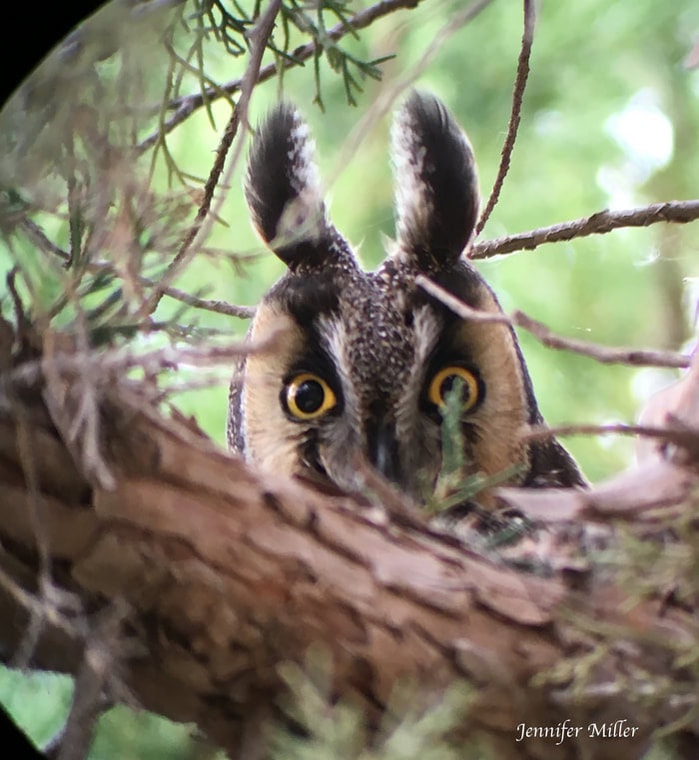

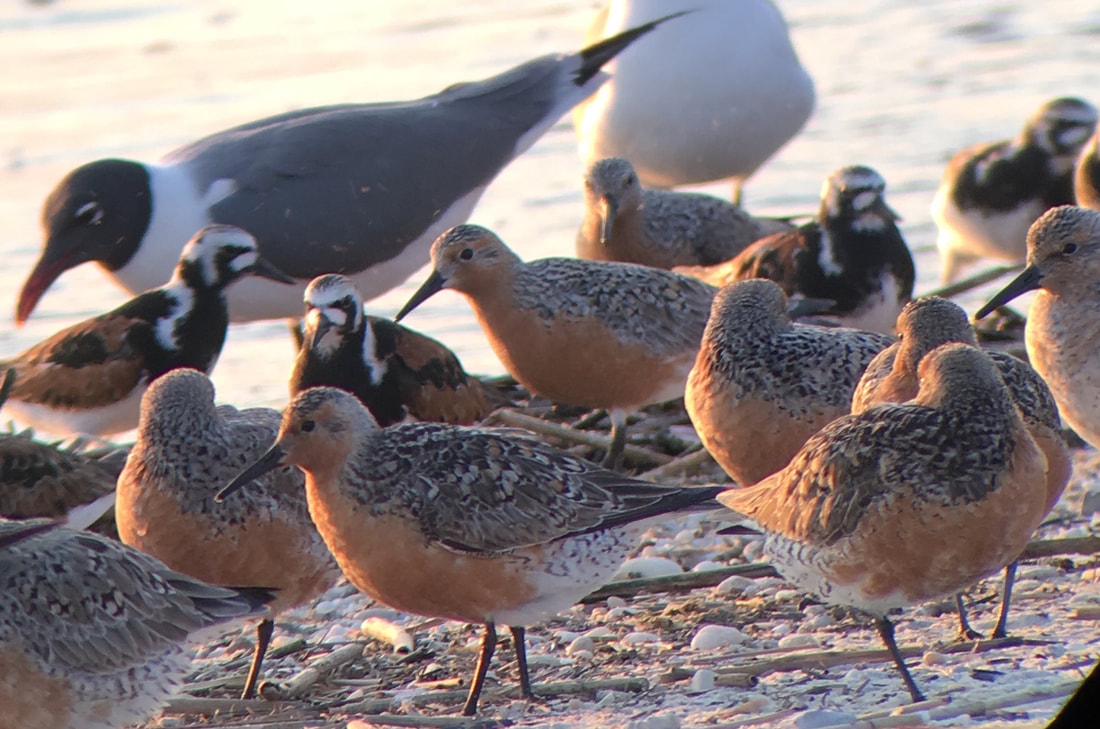
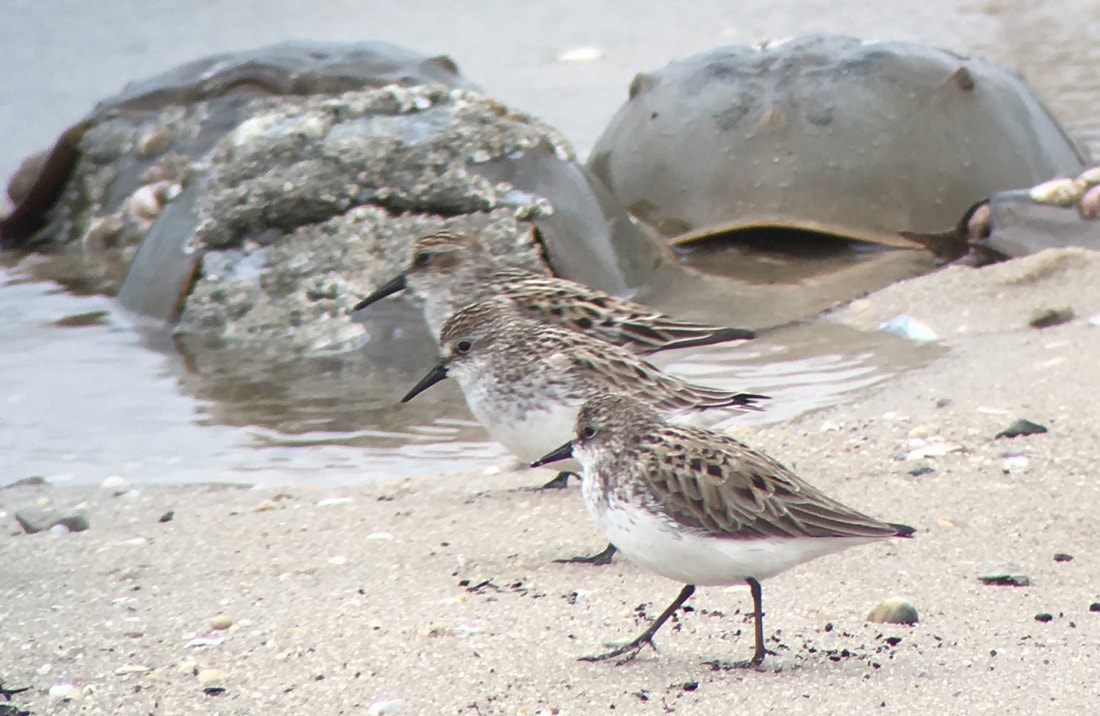
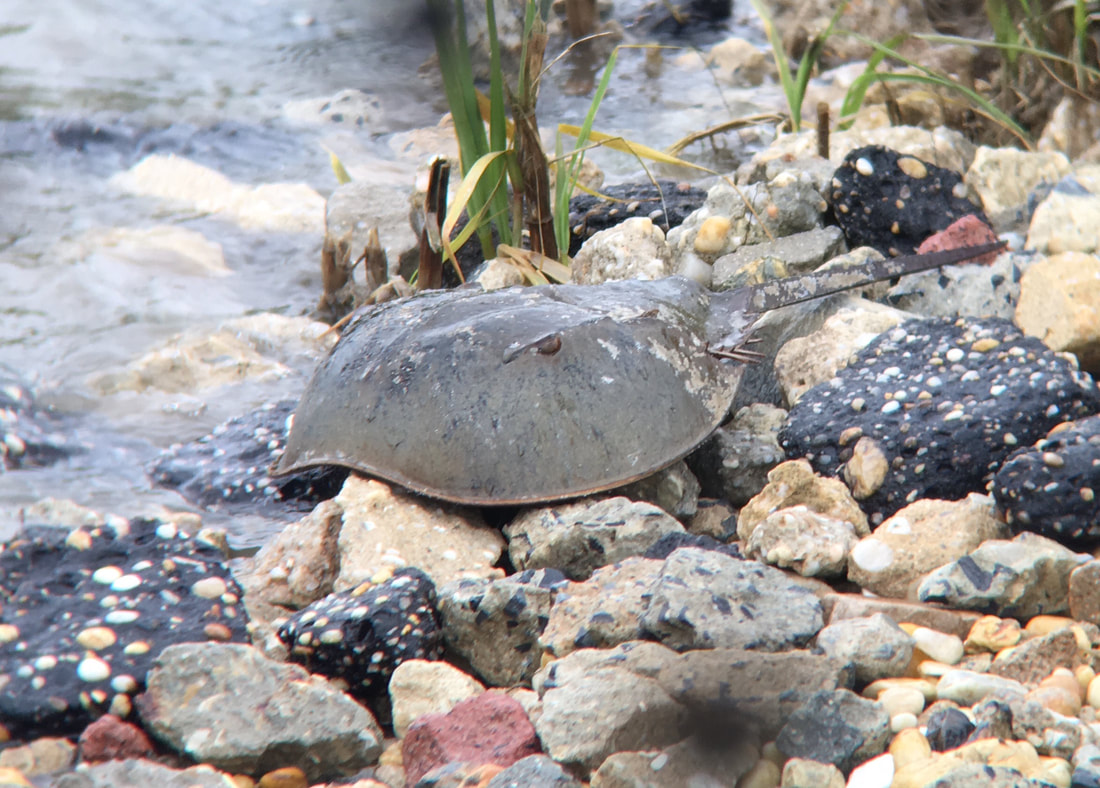
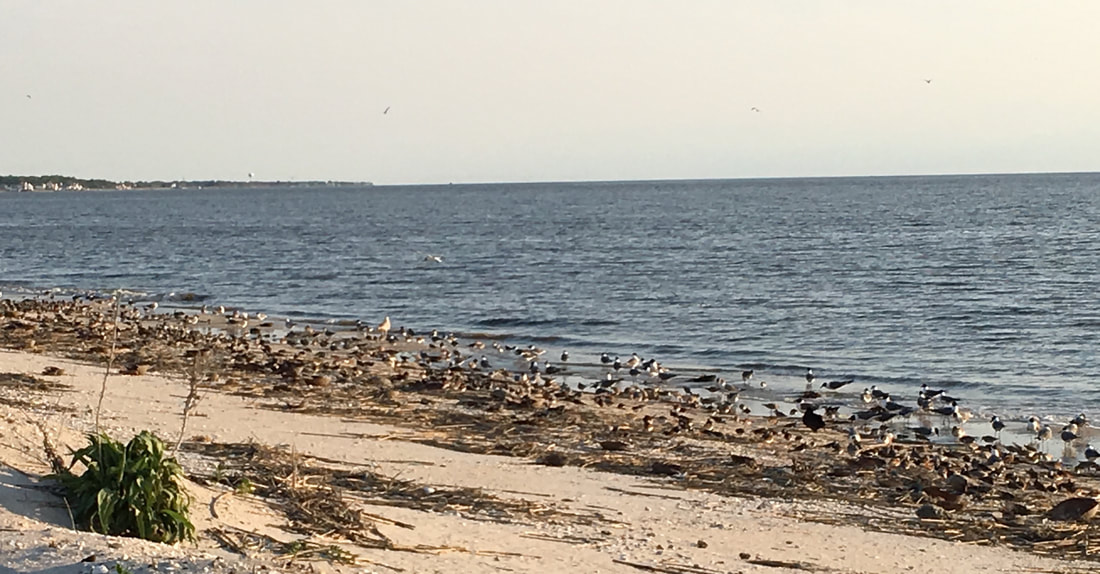
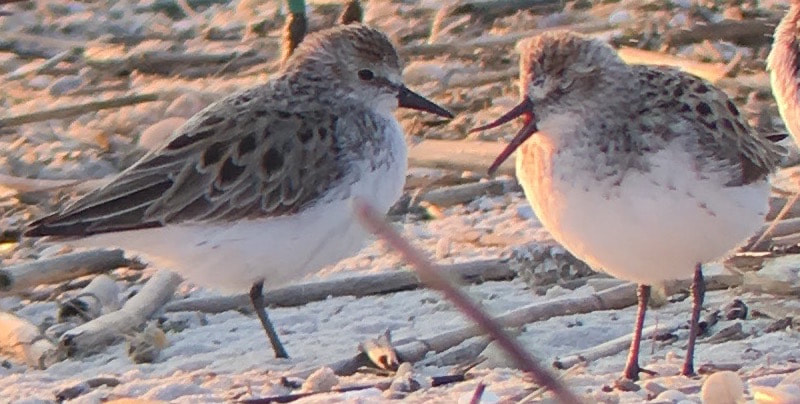

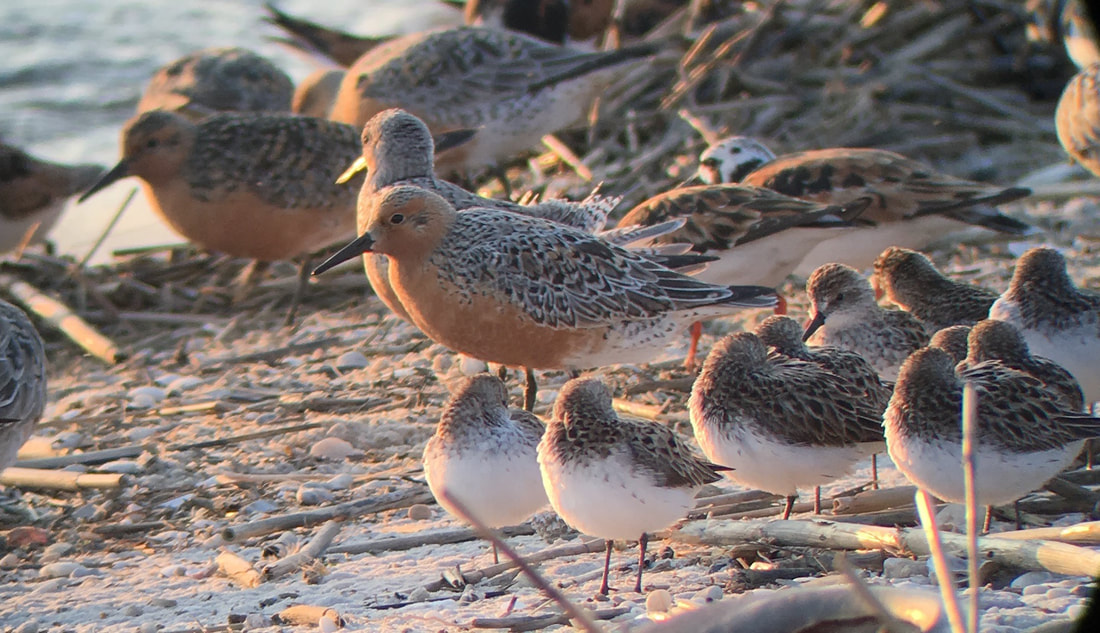
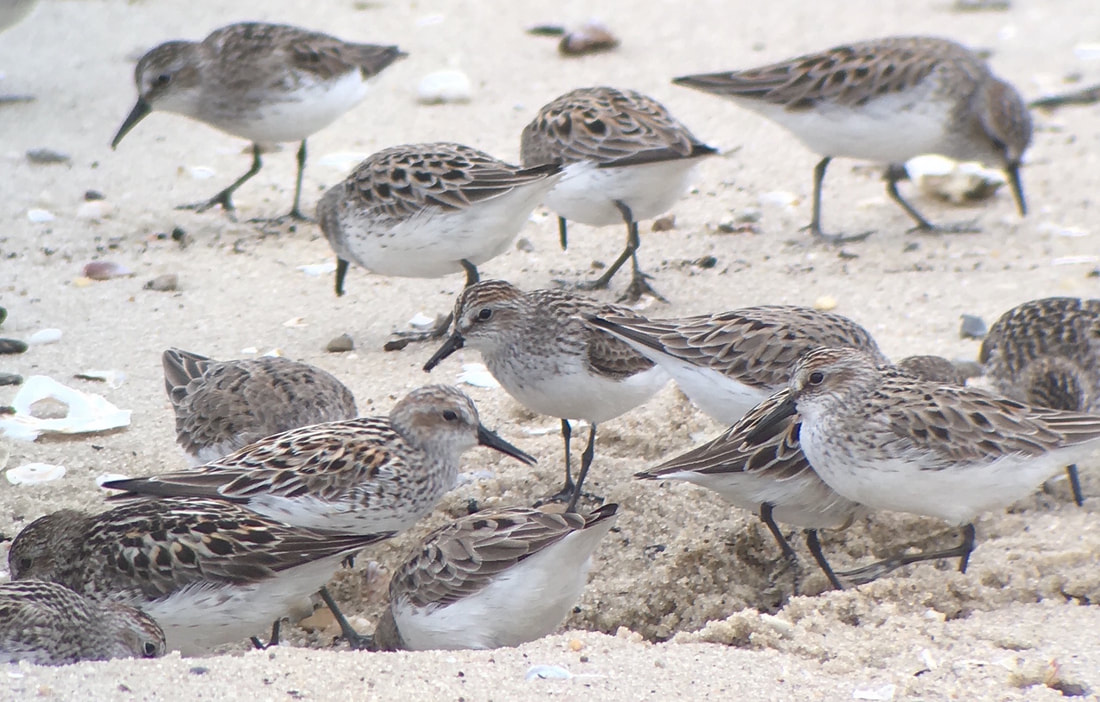

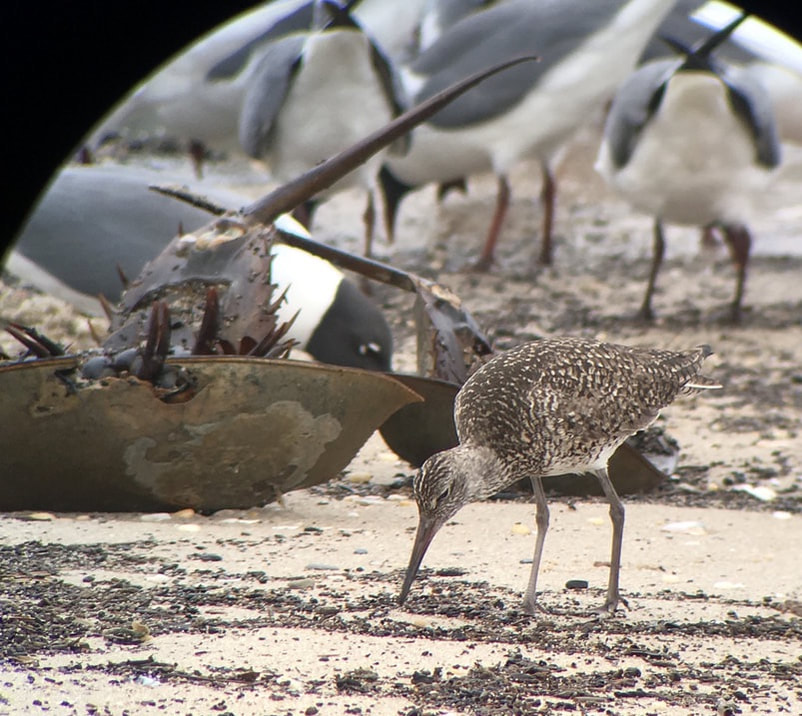
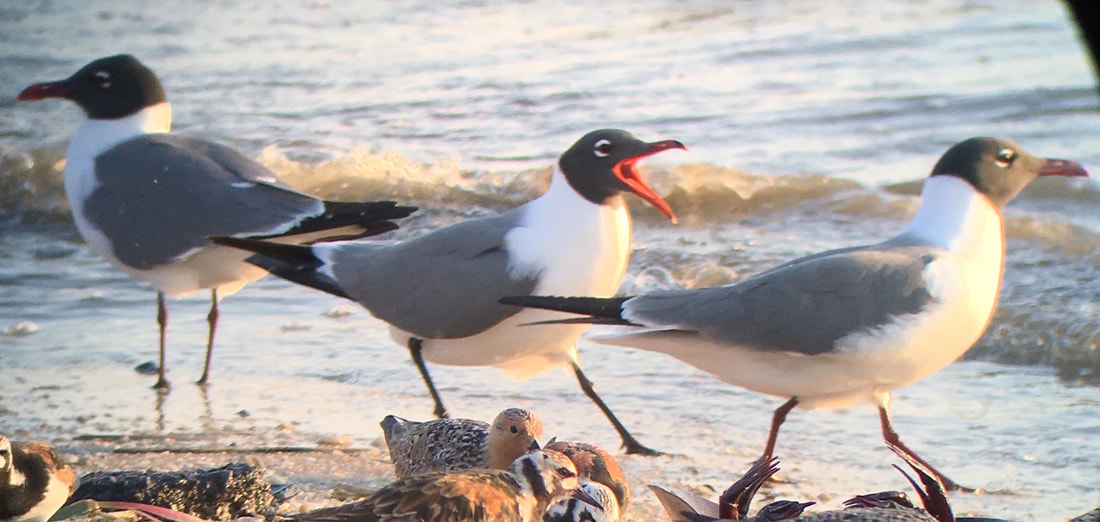
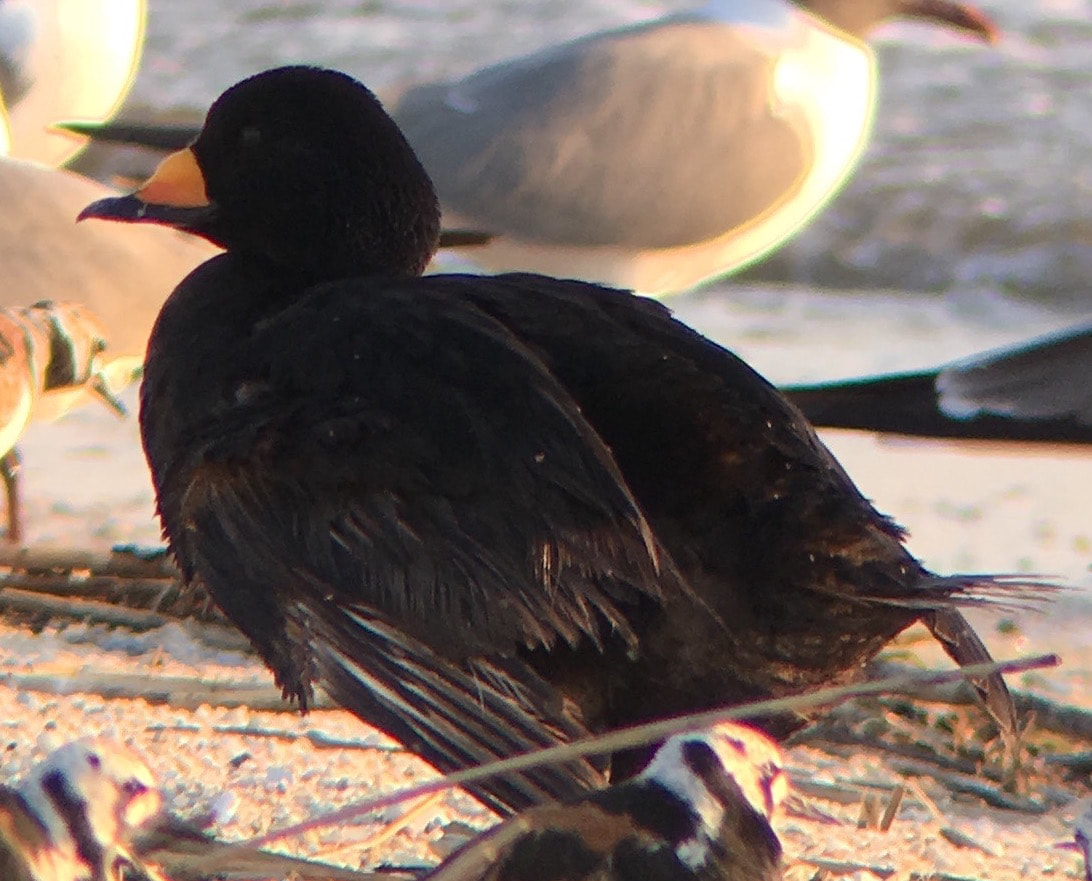
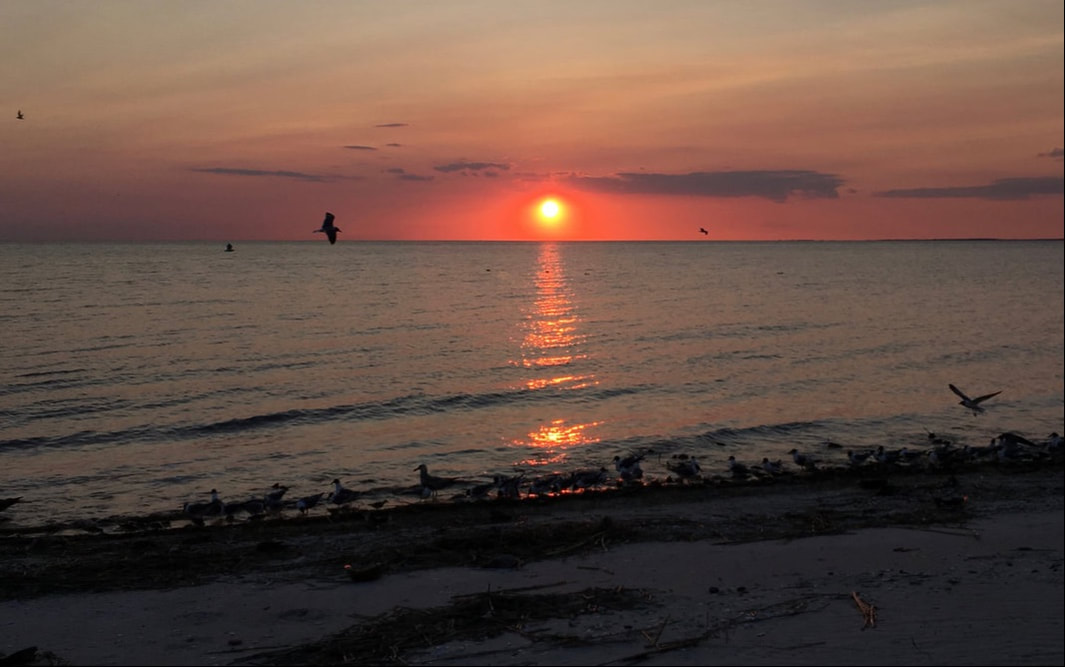
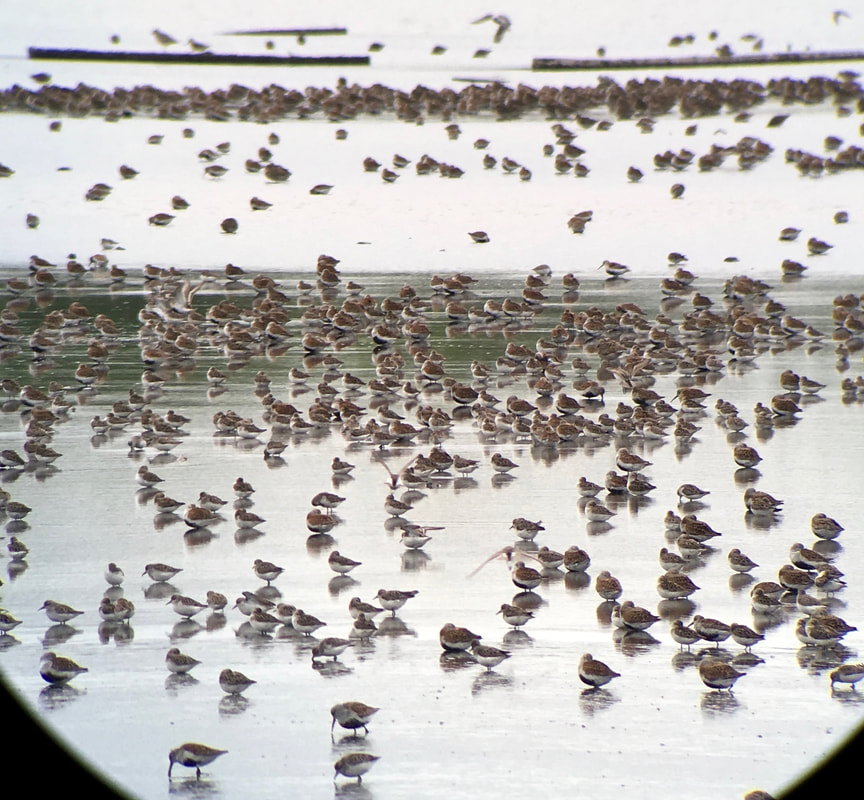
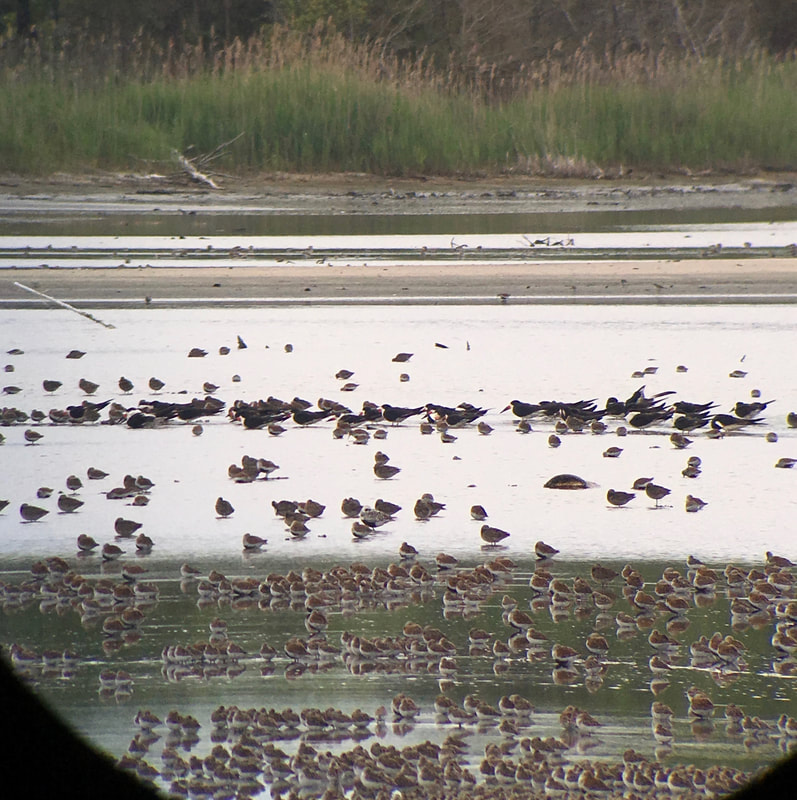
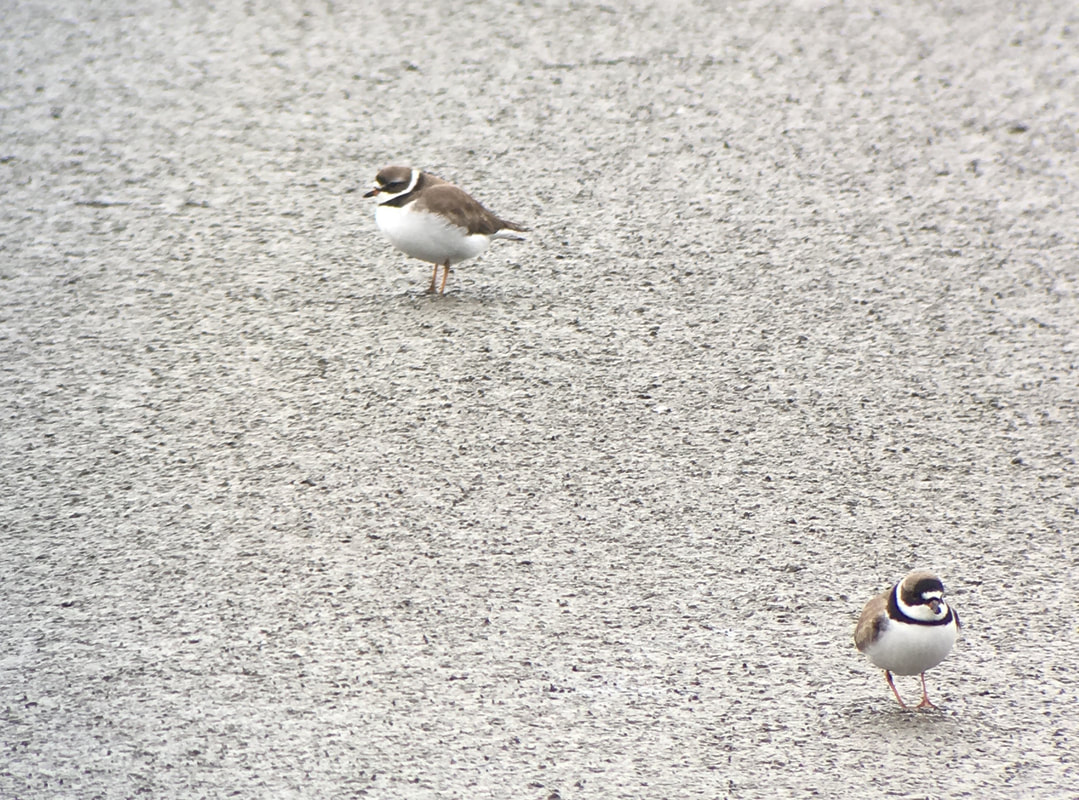
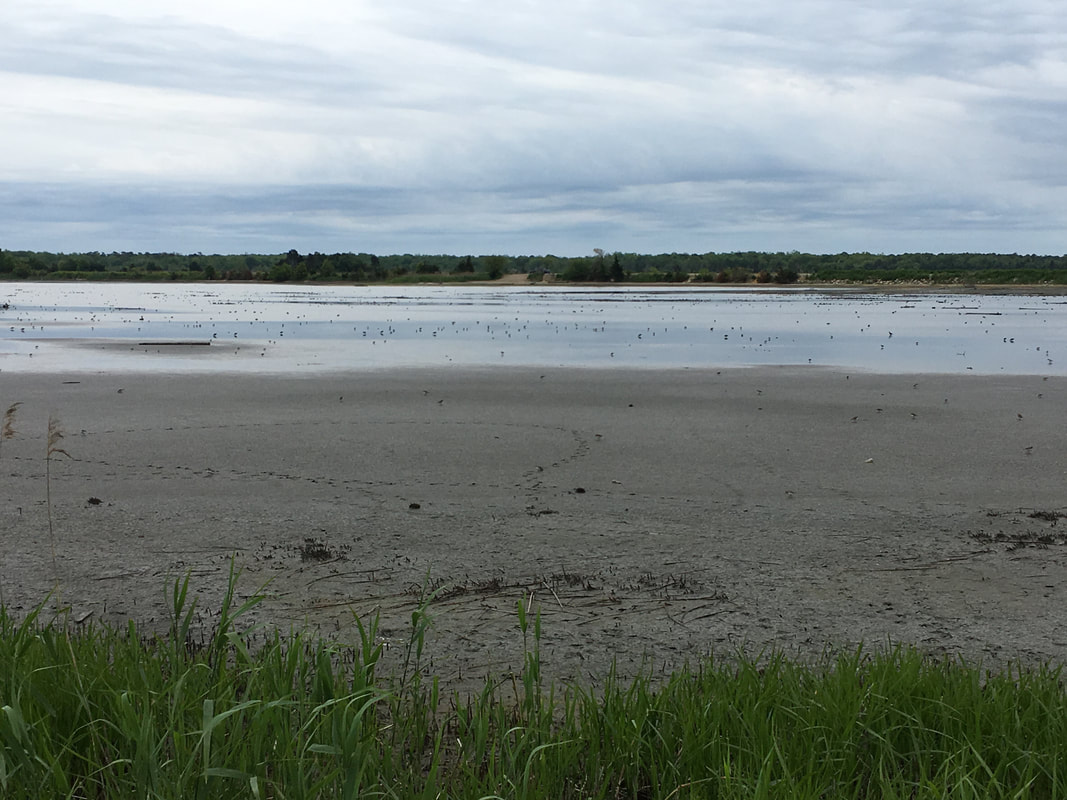

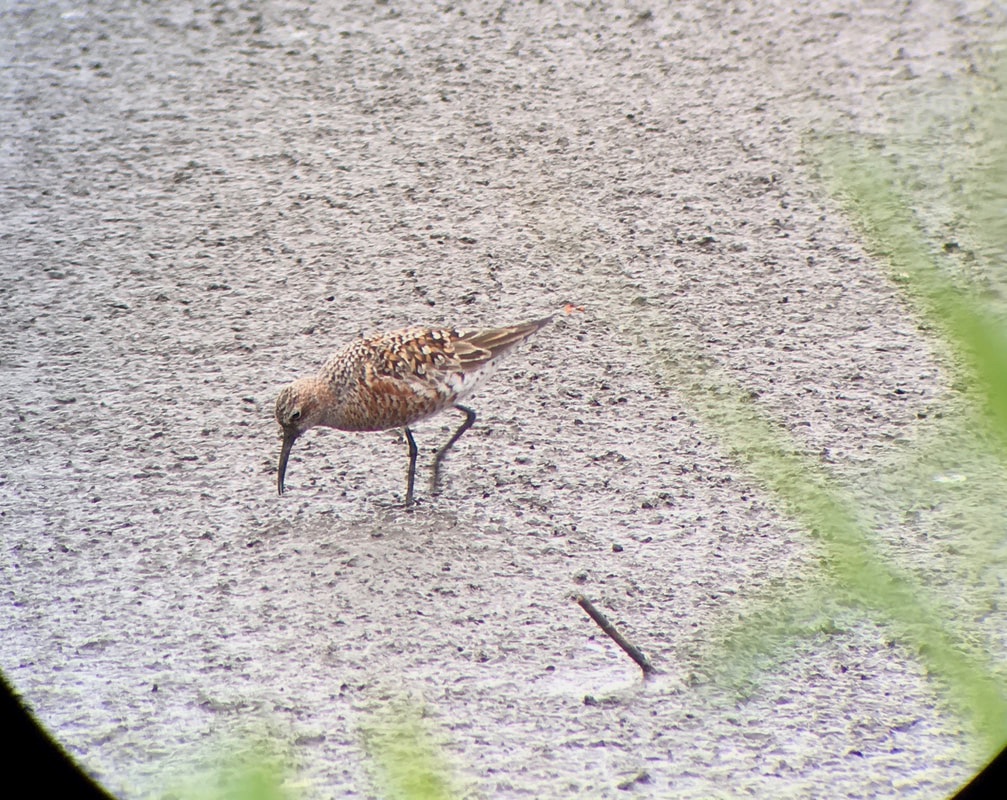

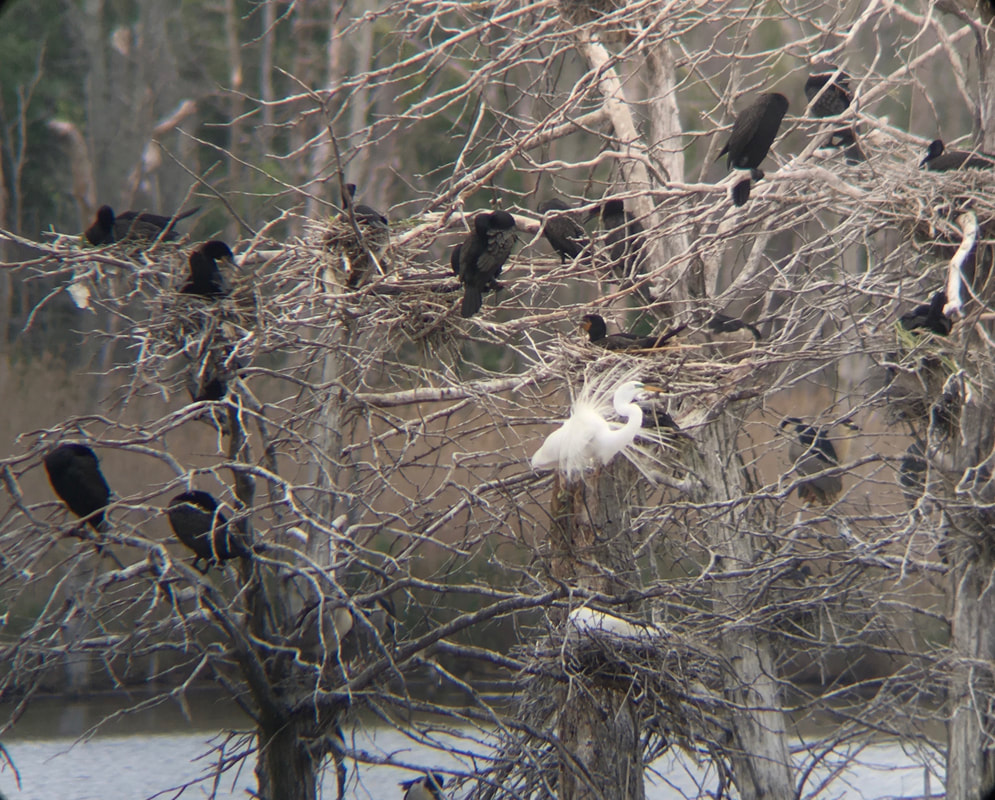
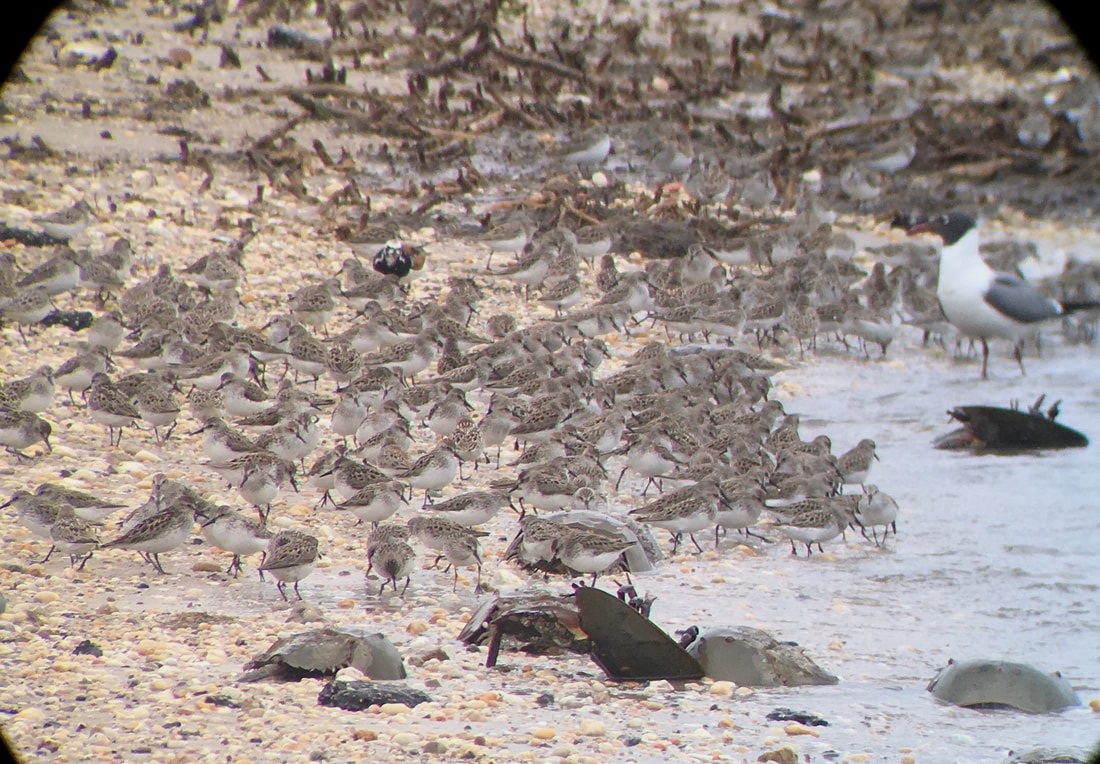
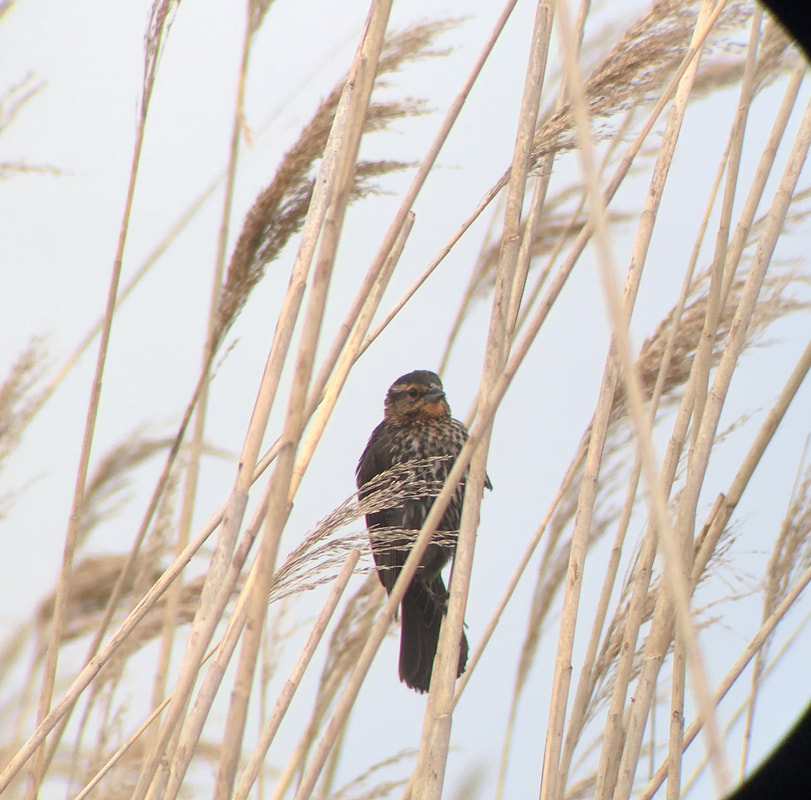
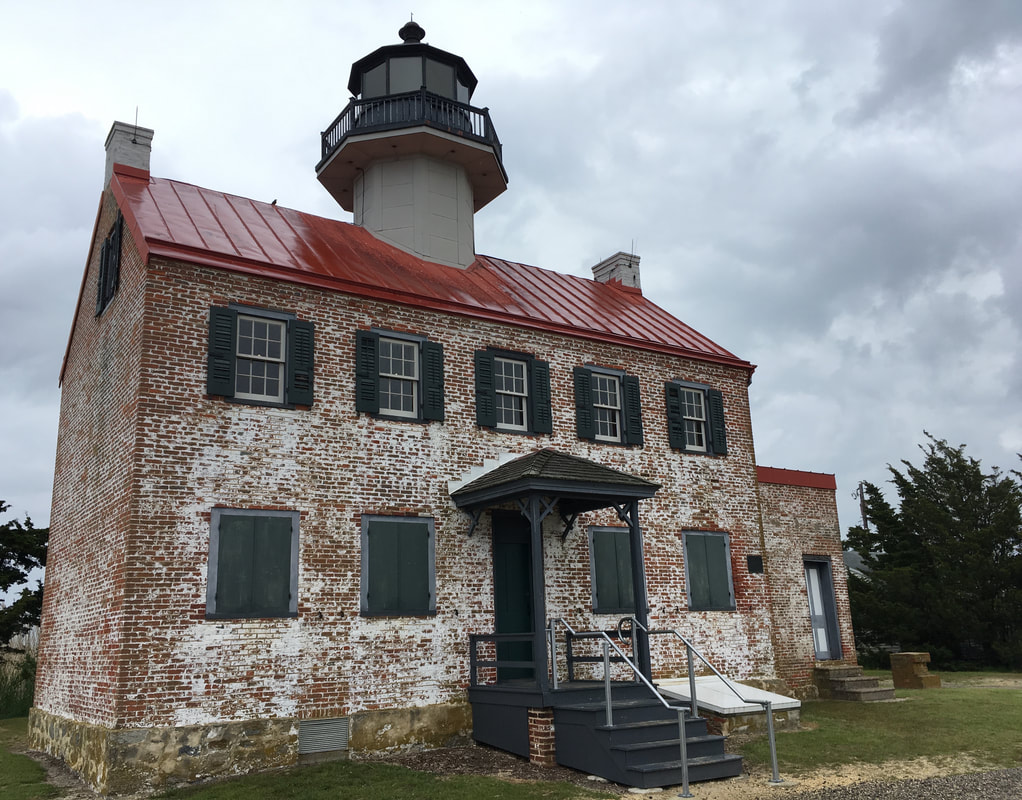
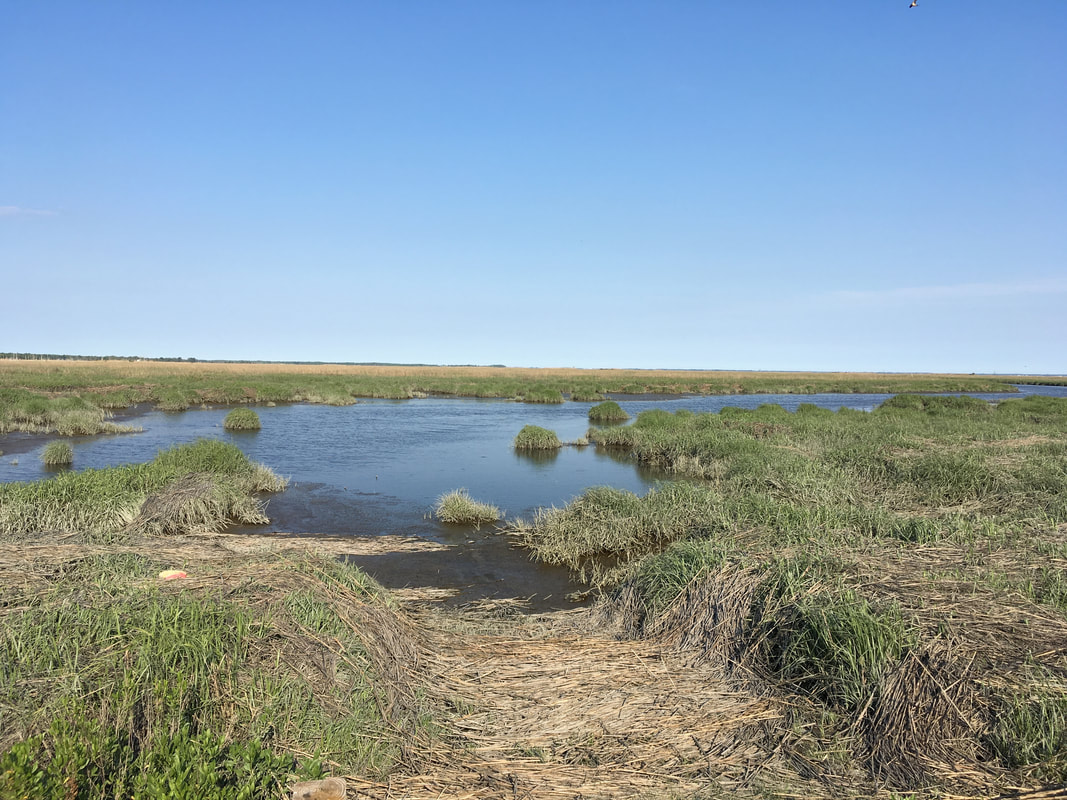
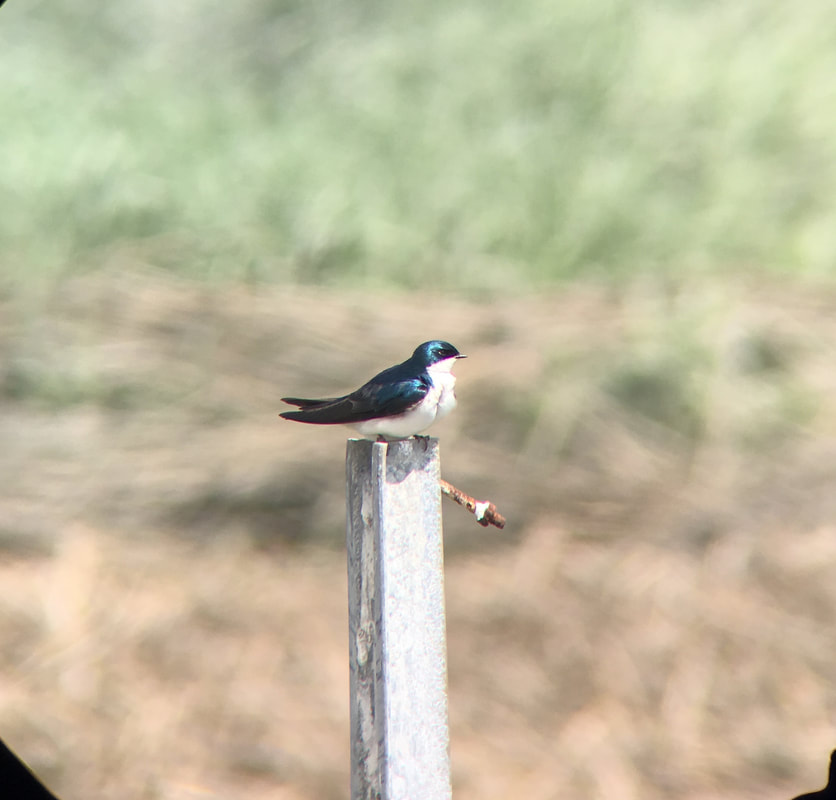
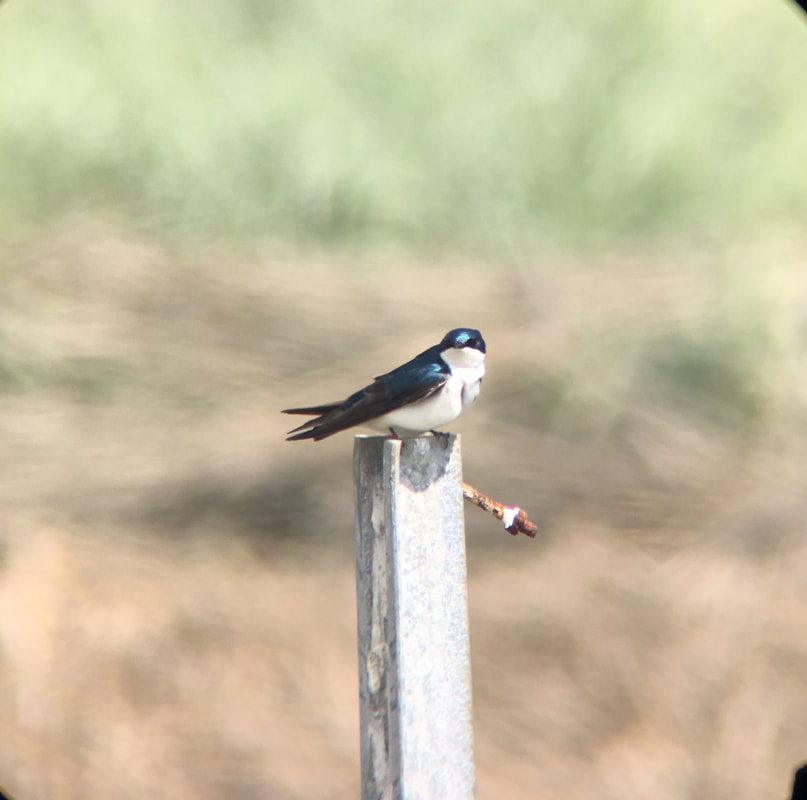
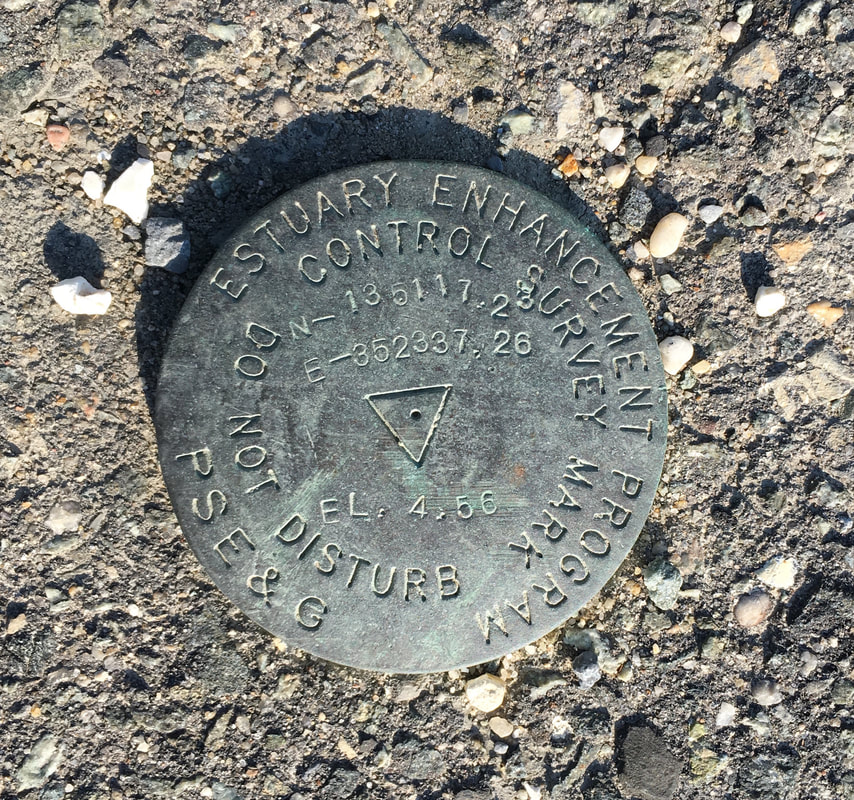
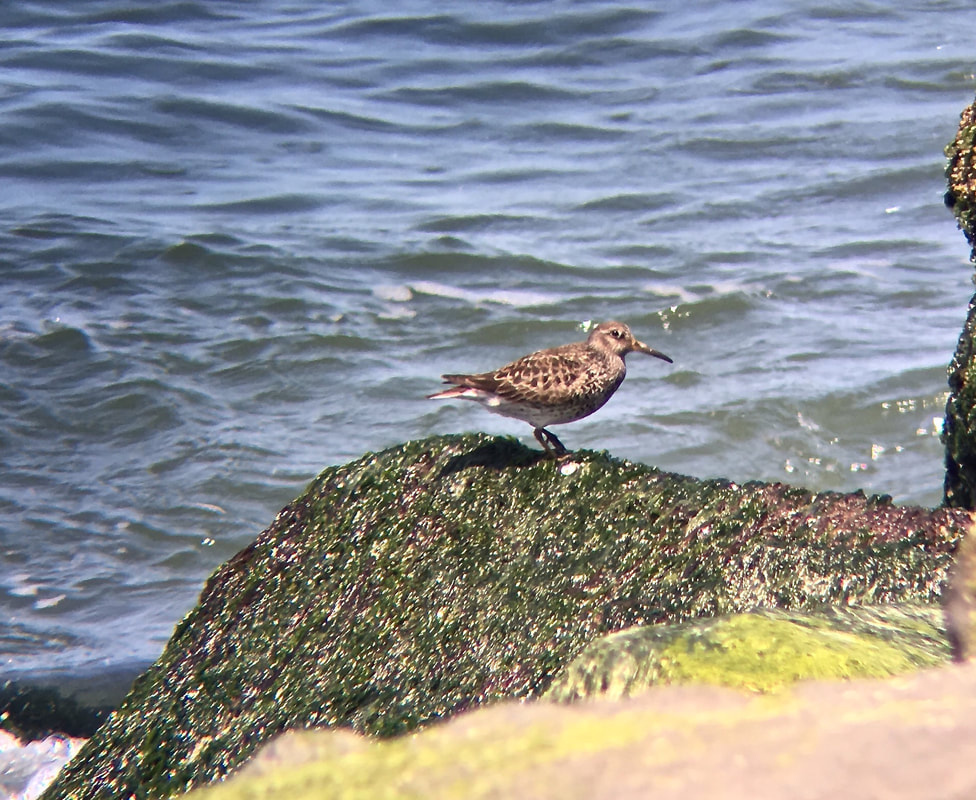
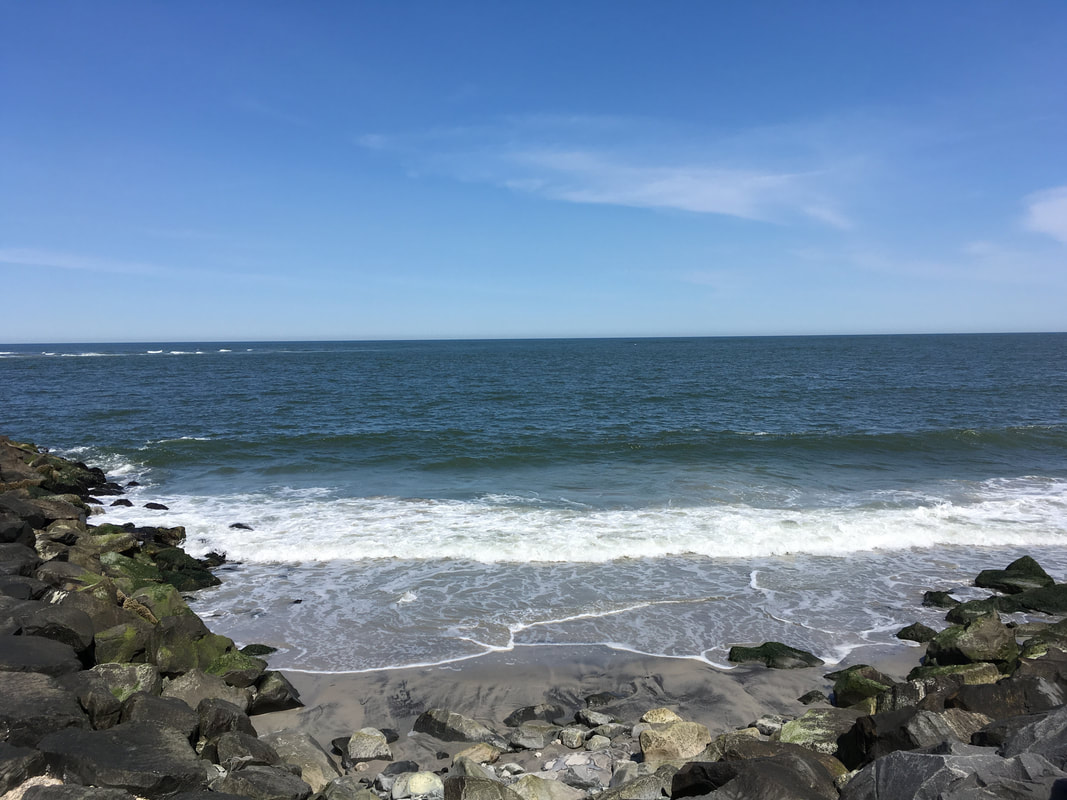
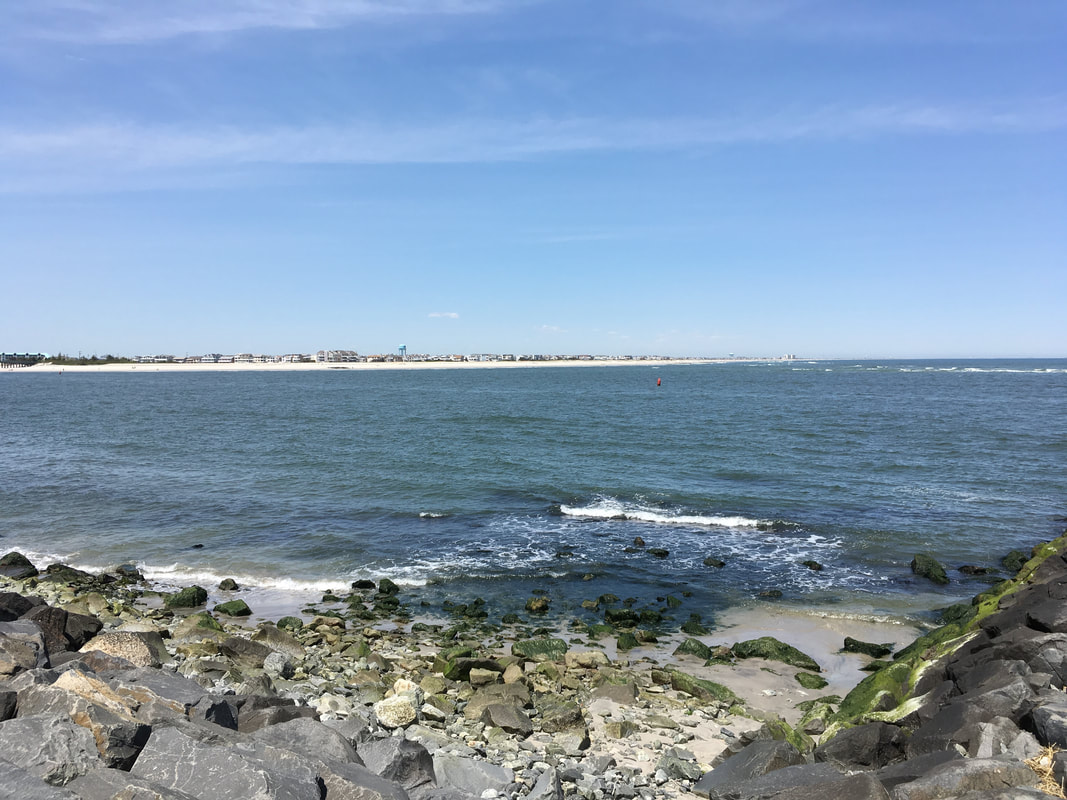
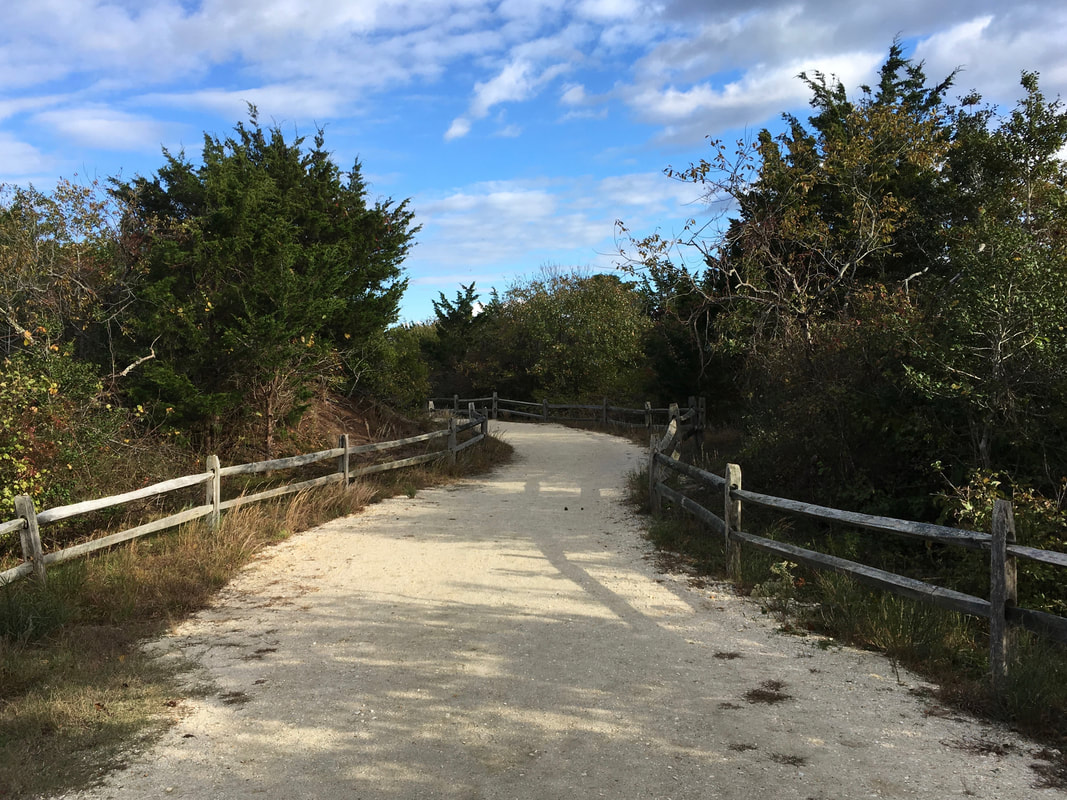
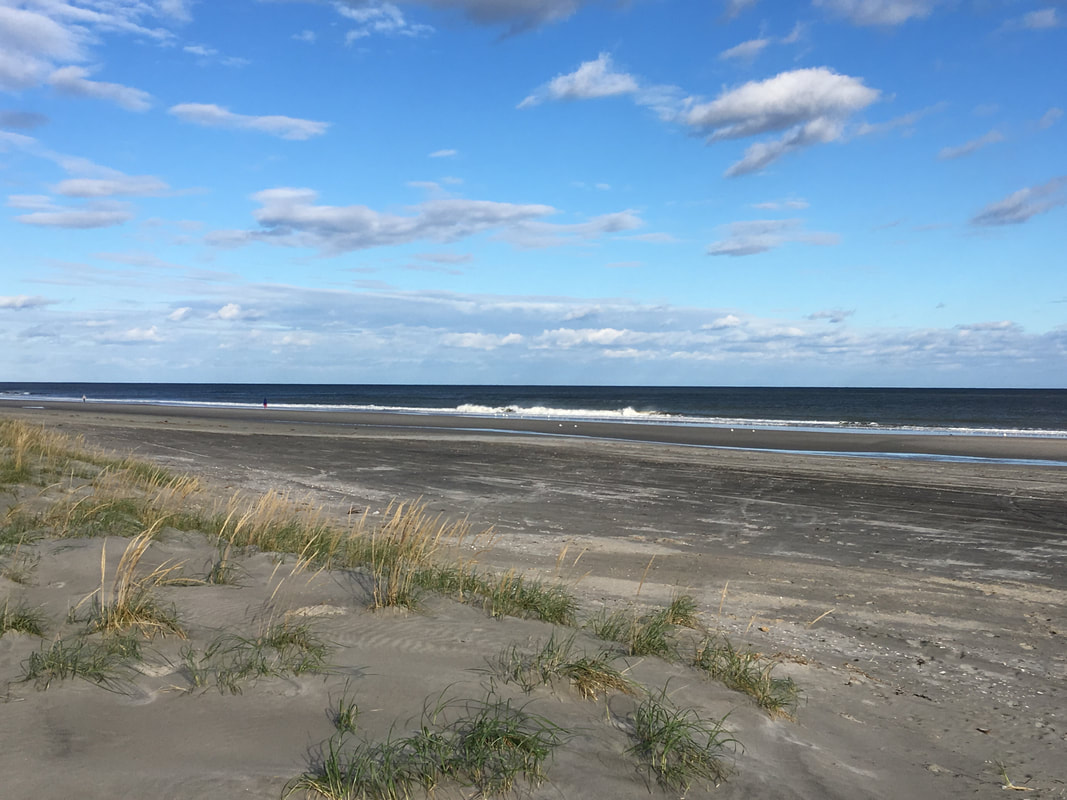
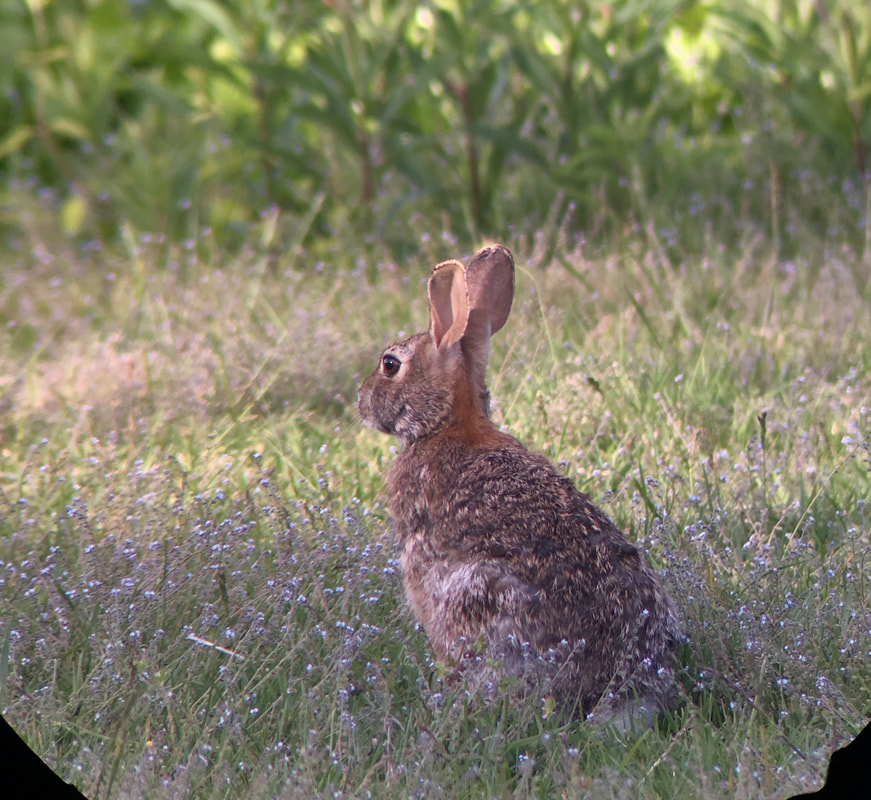
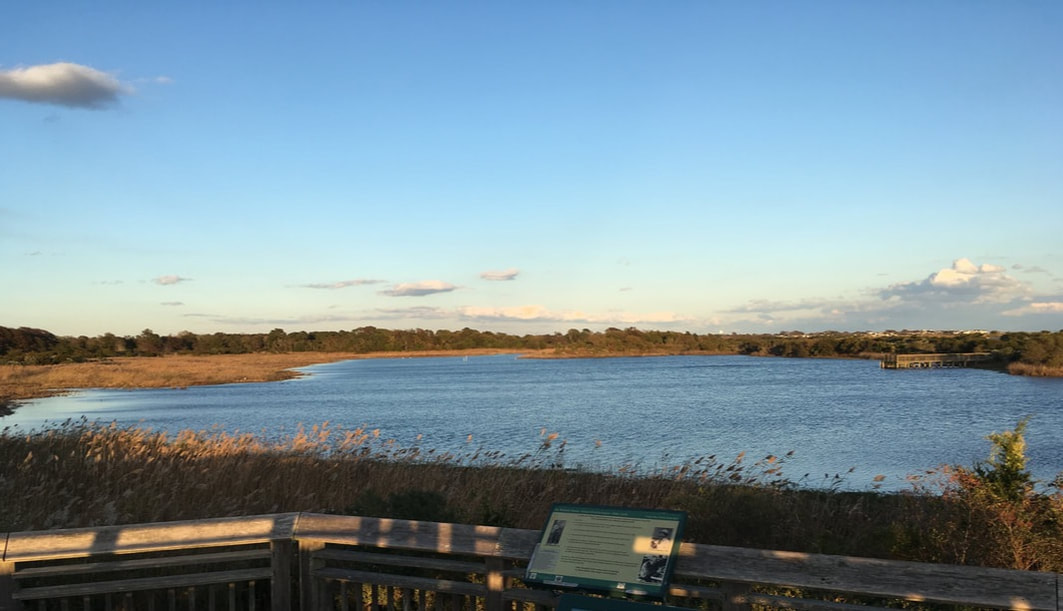
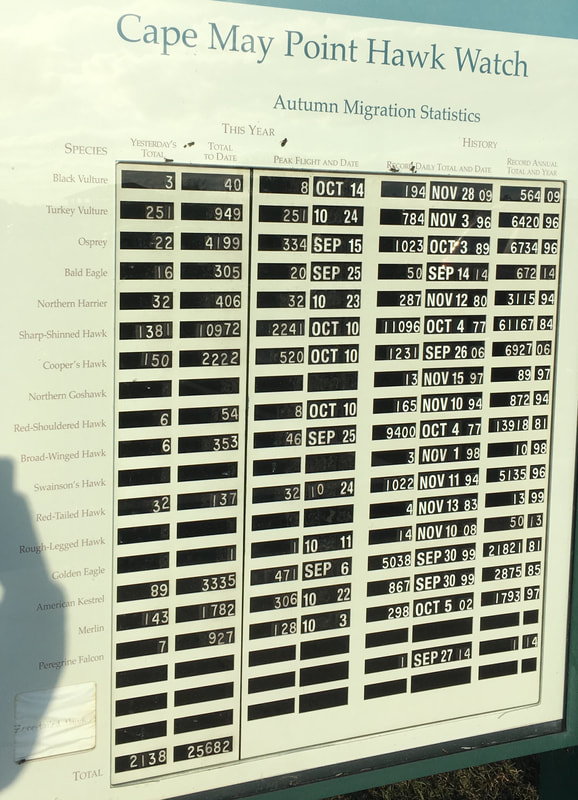

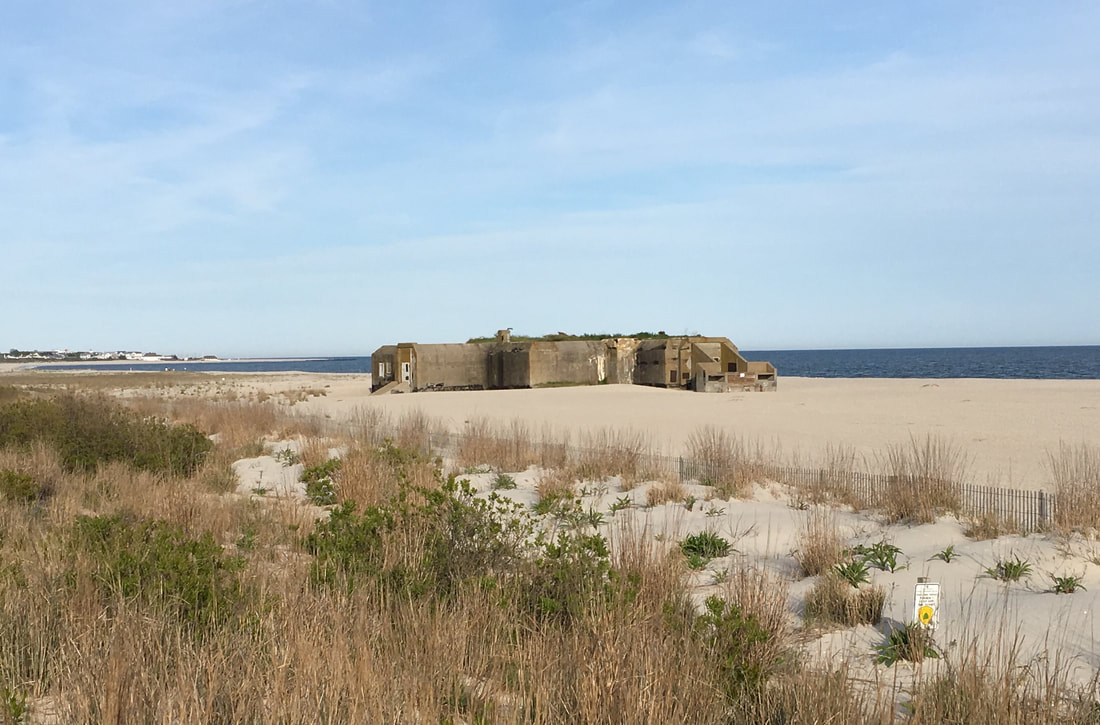
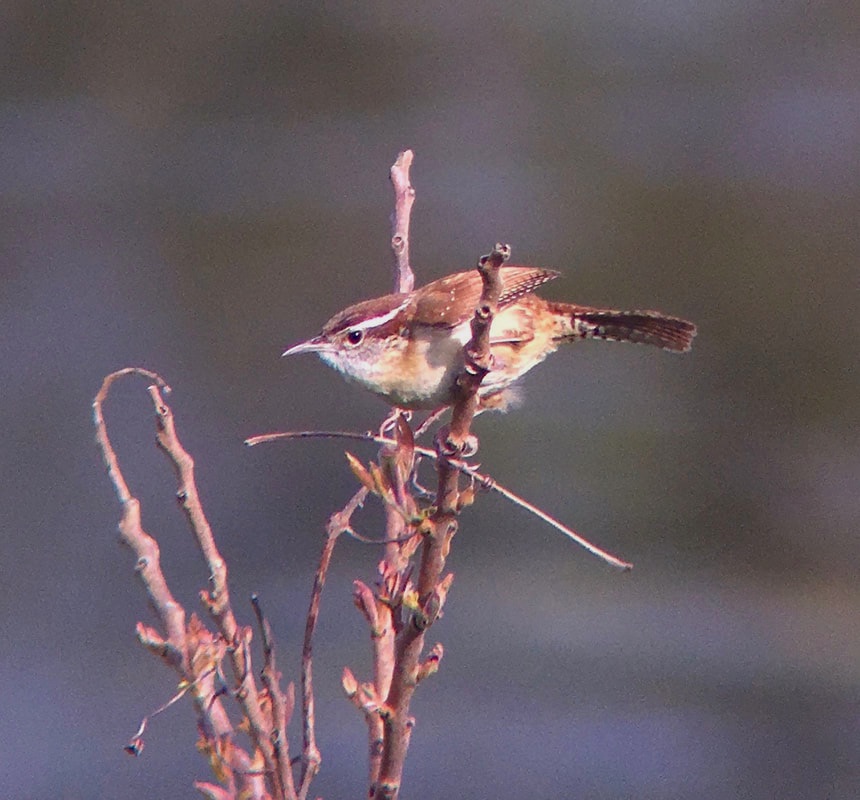
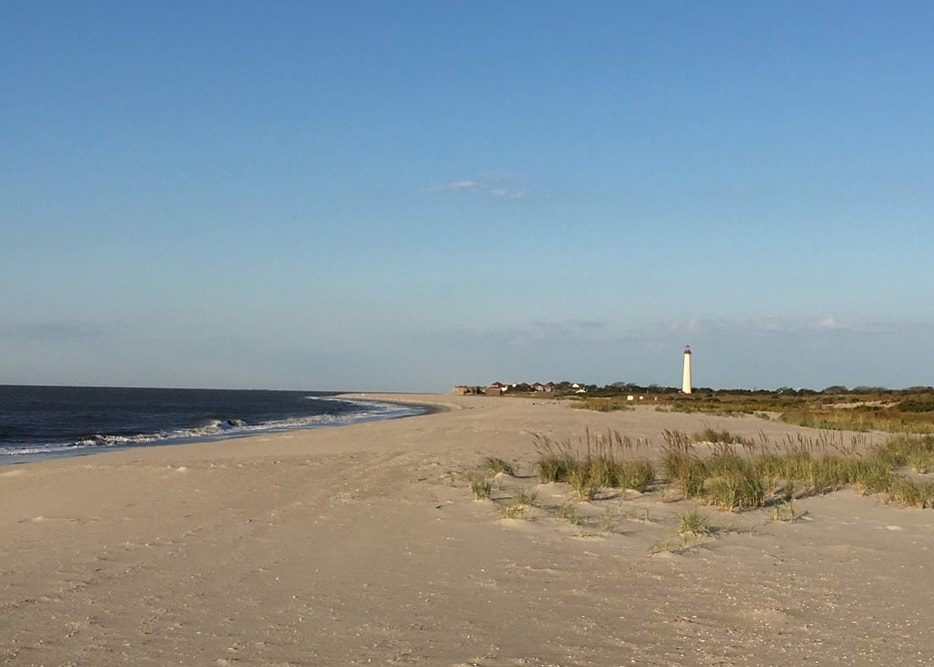
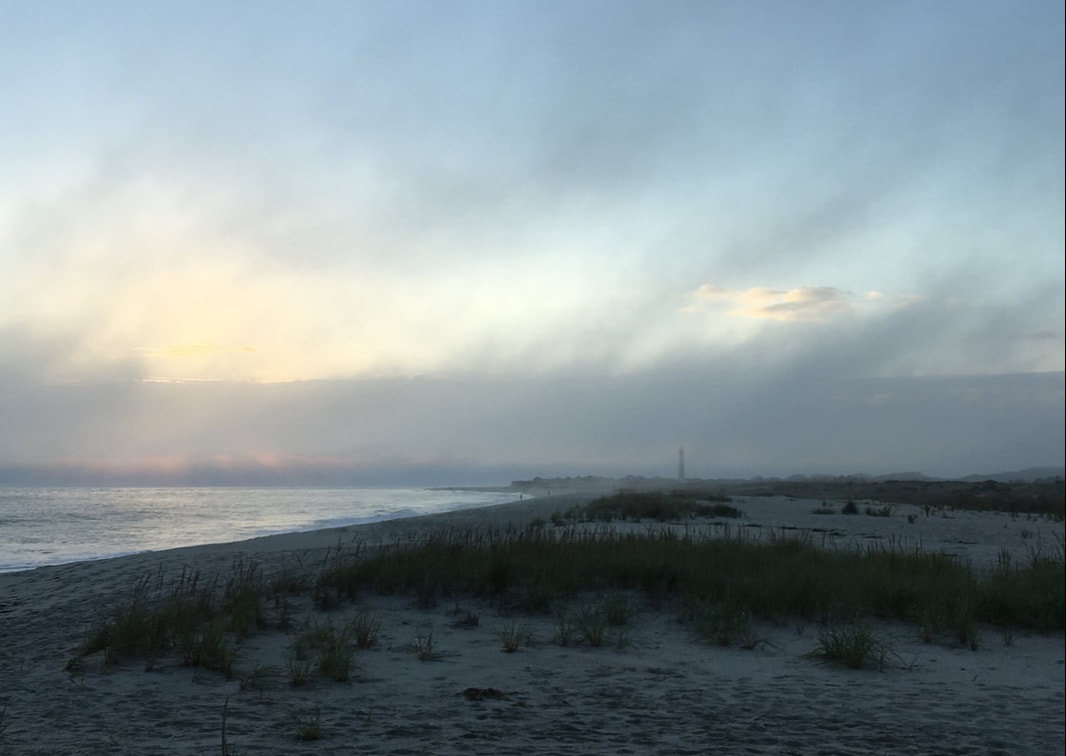
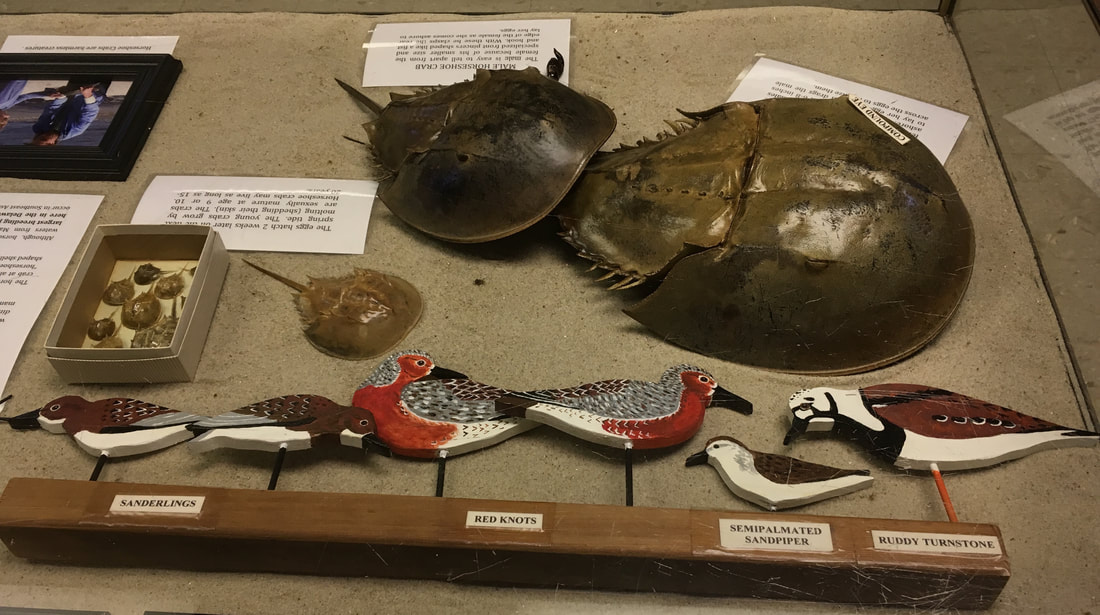
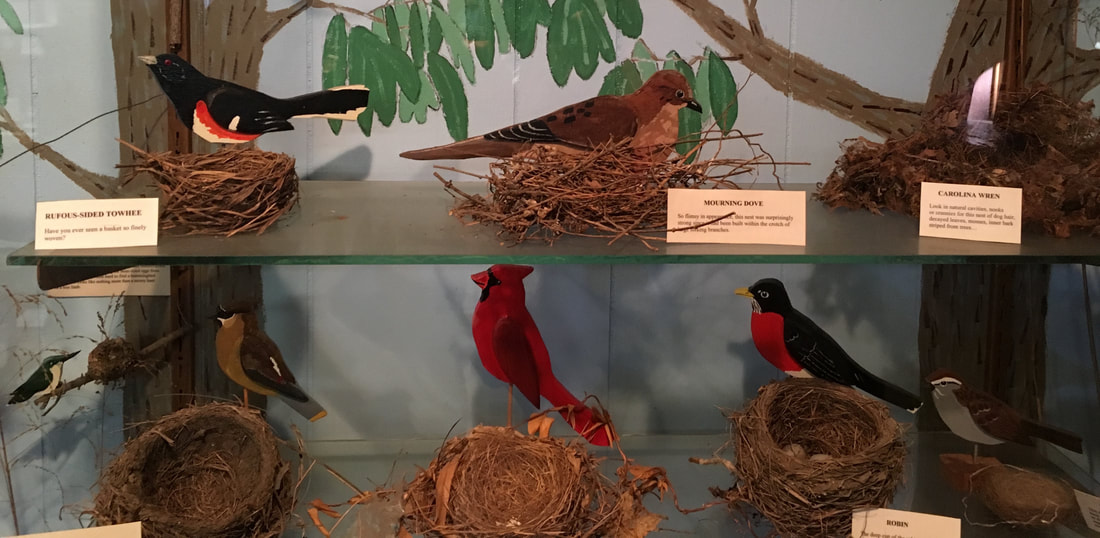

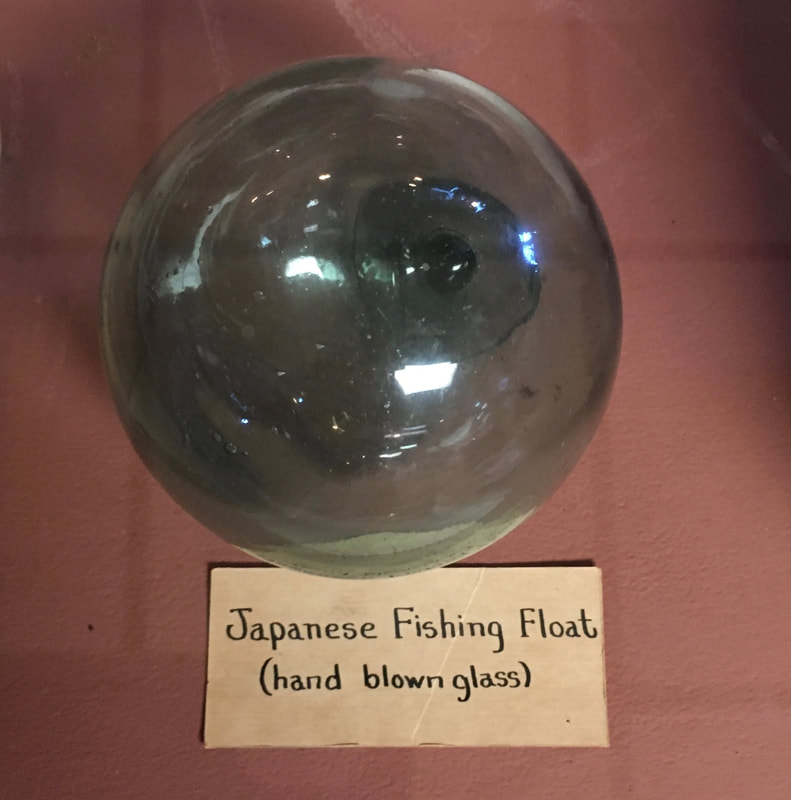
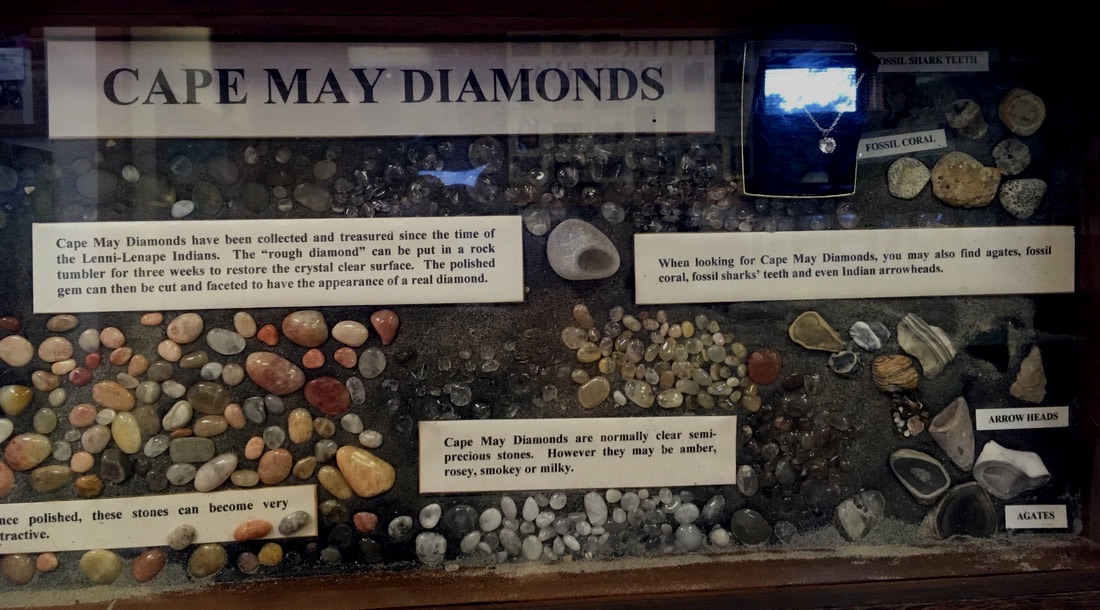
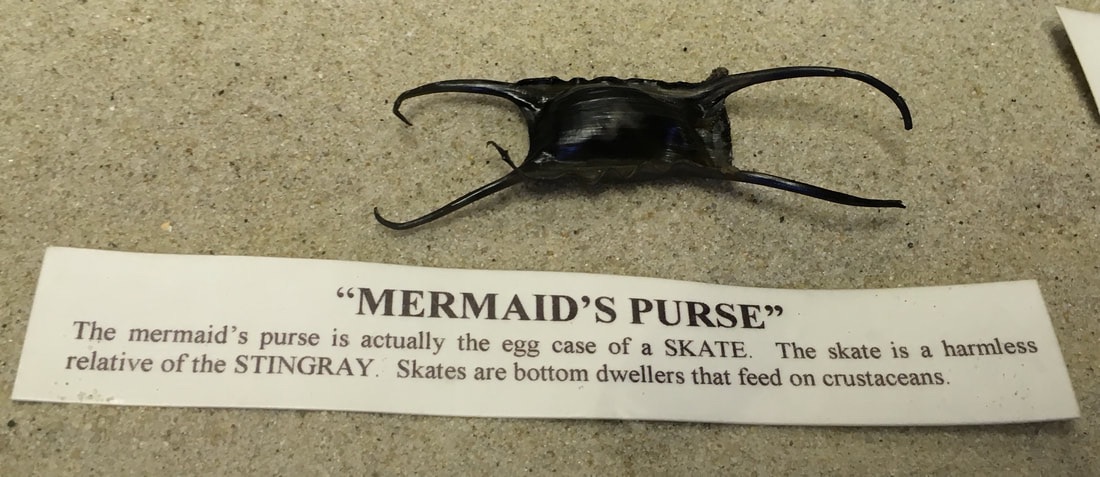
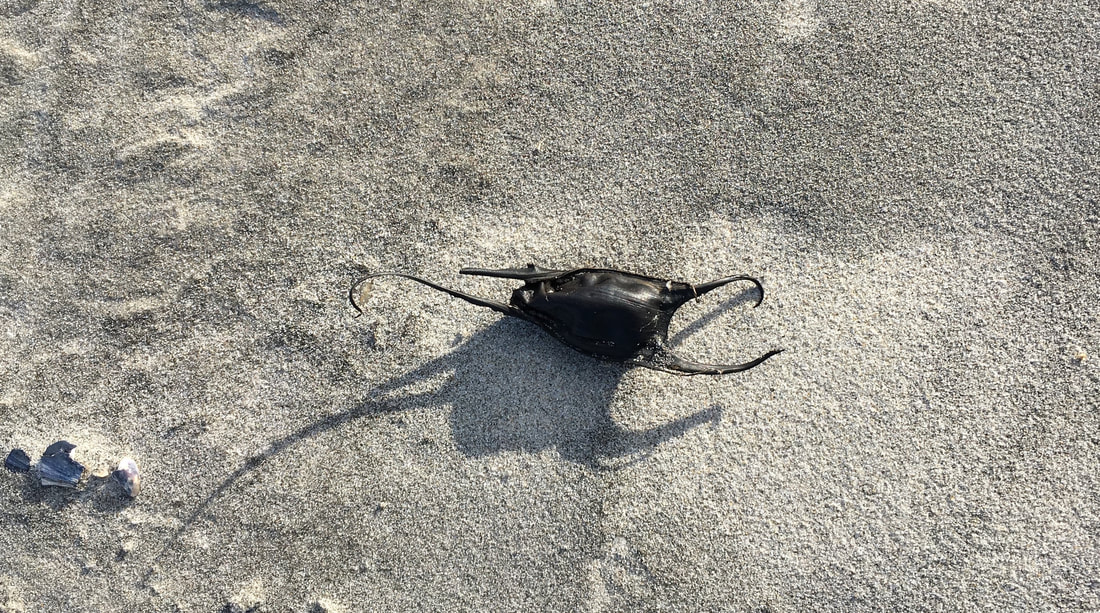
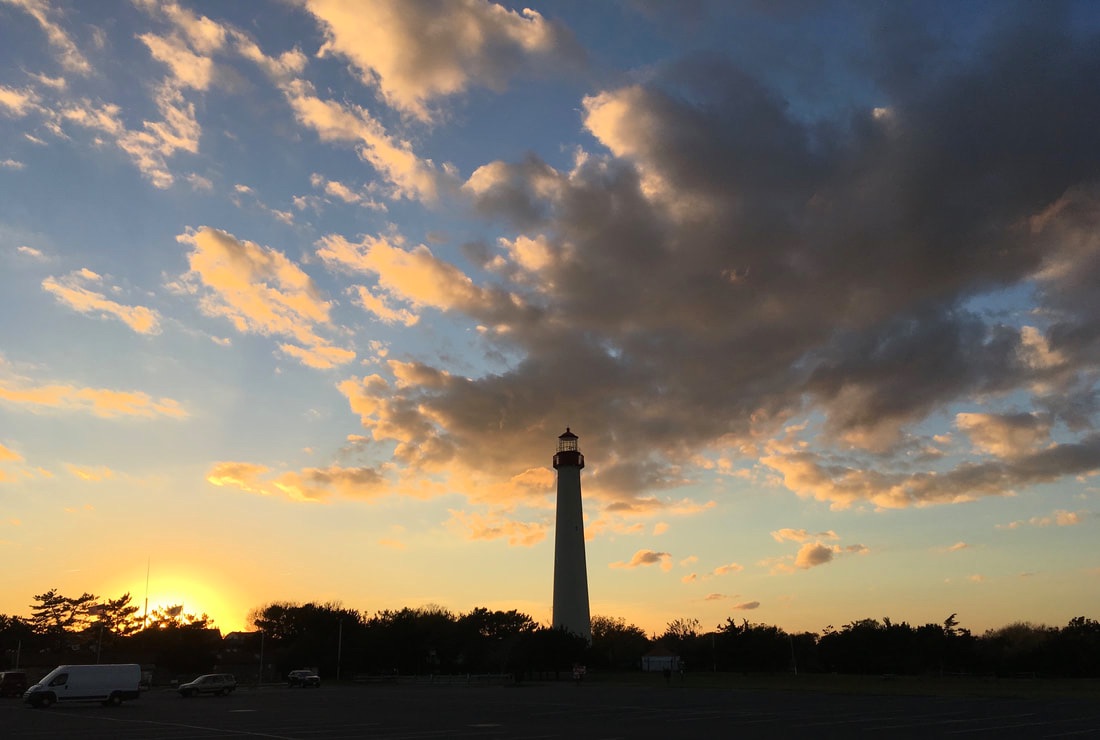
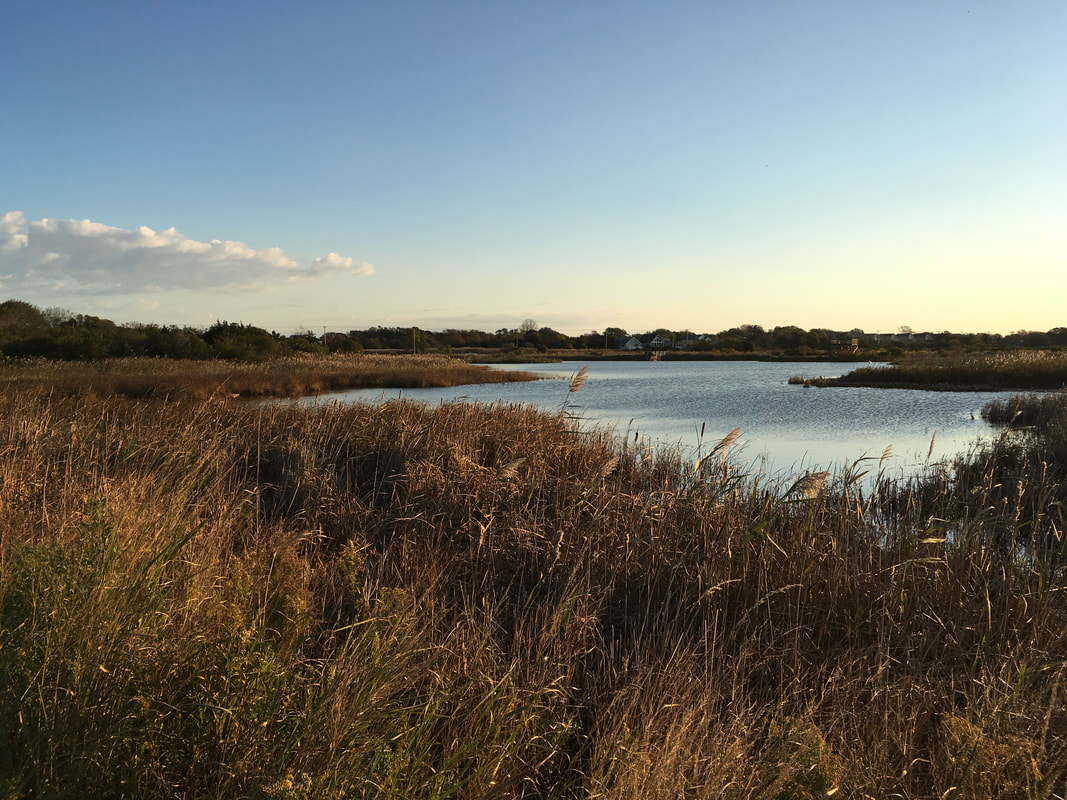
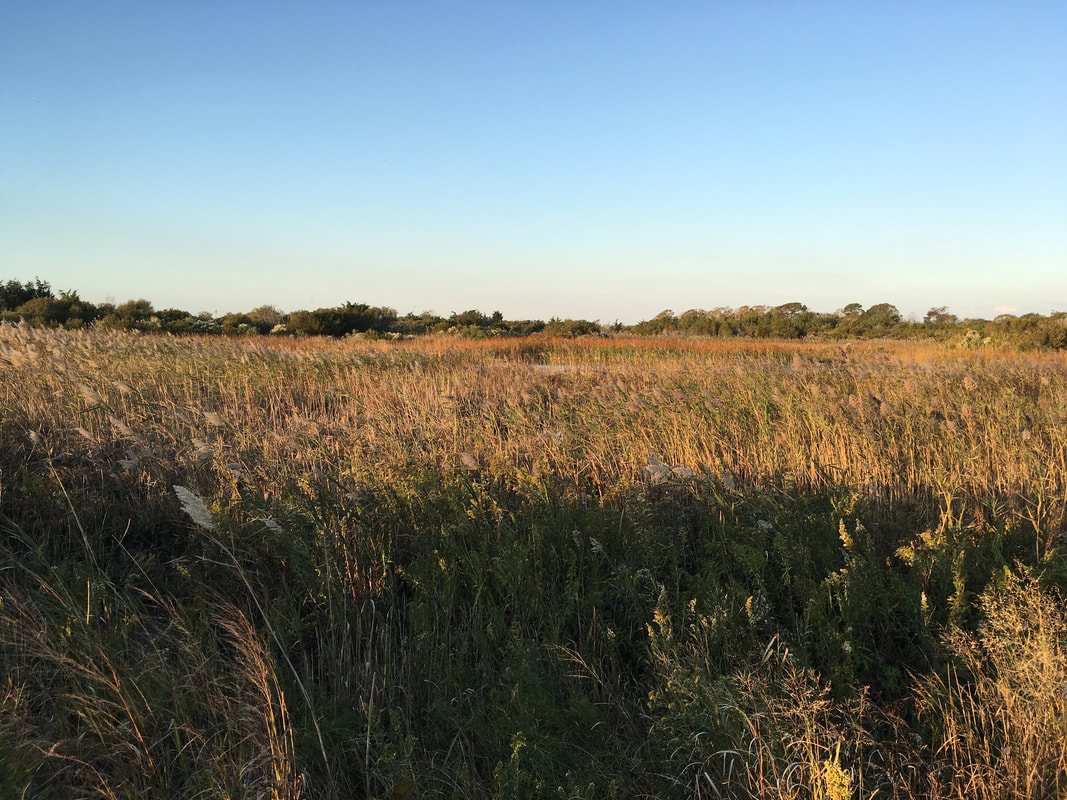
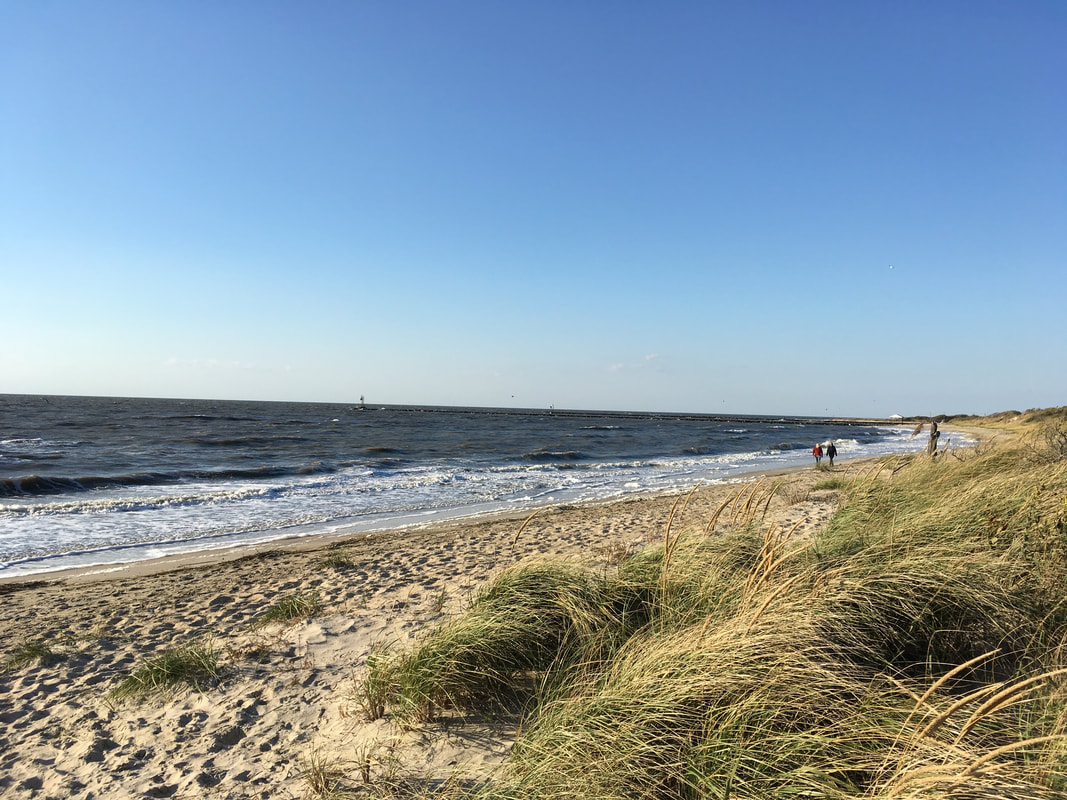
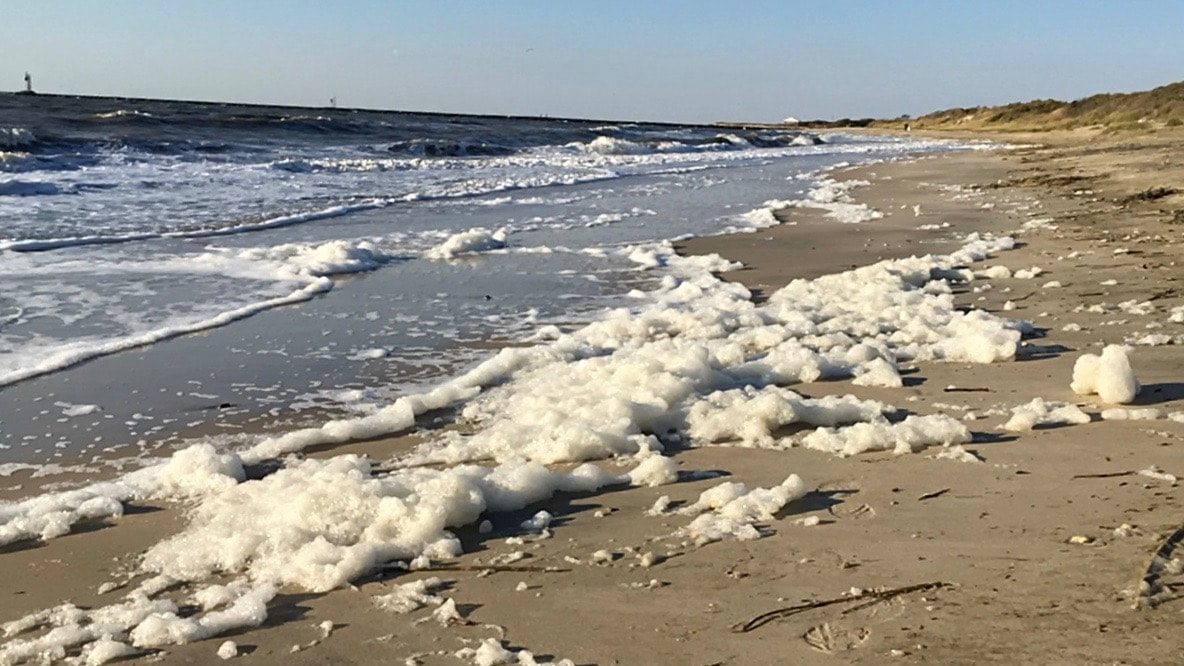
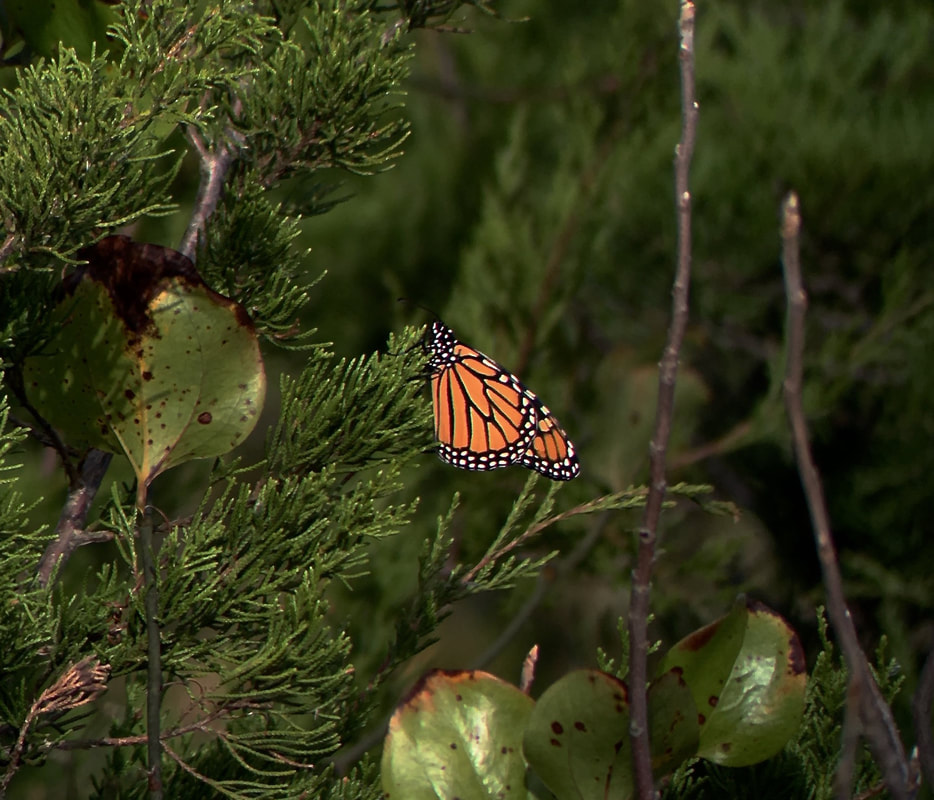

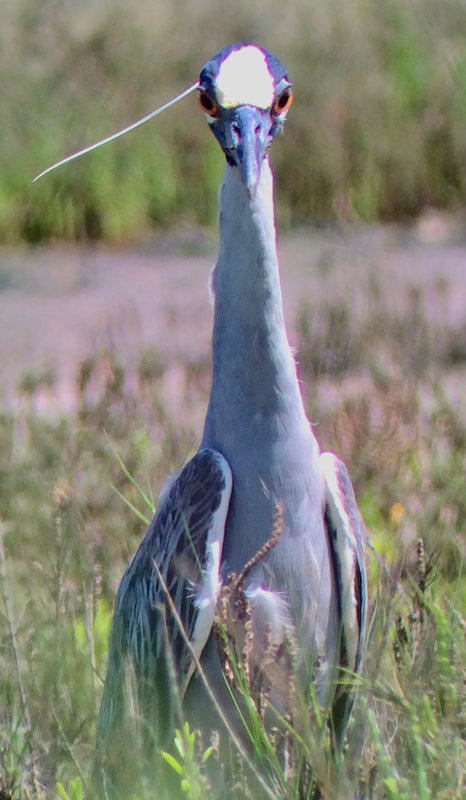
 RSS Feed
RSS Feed
